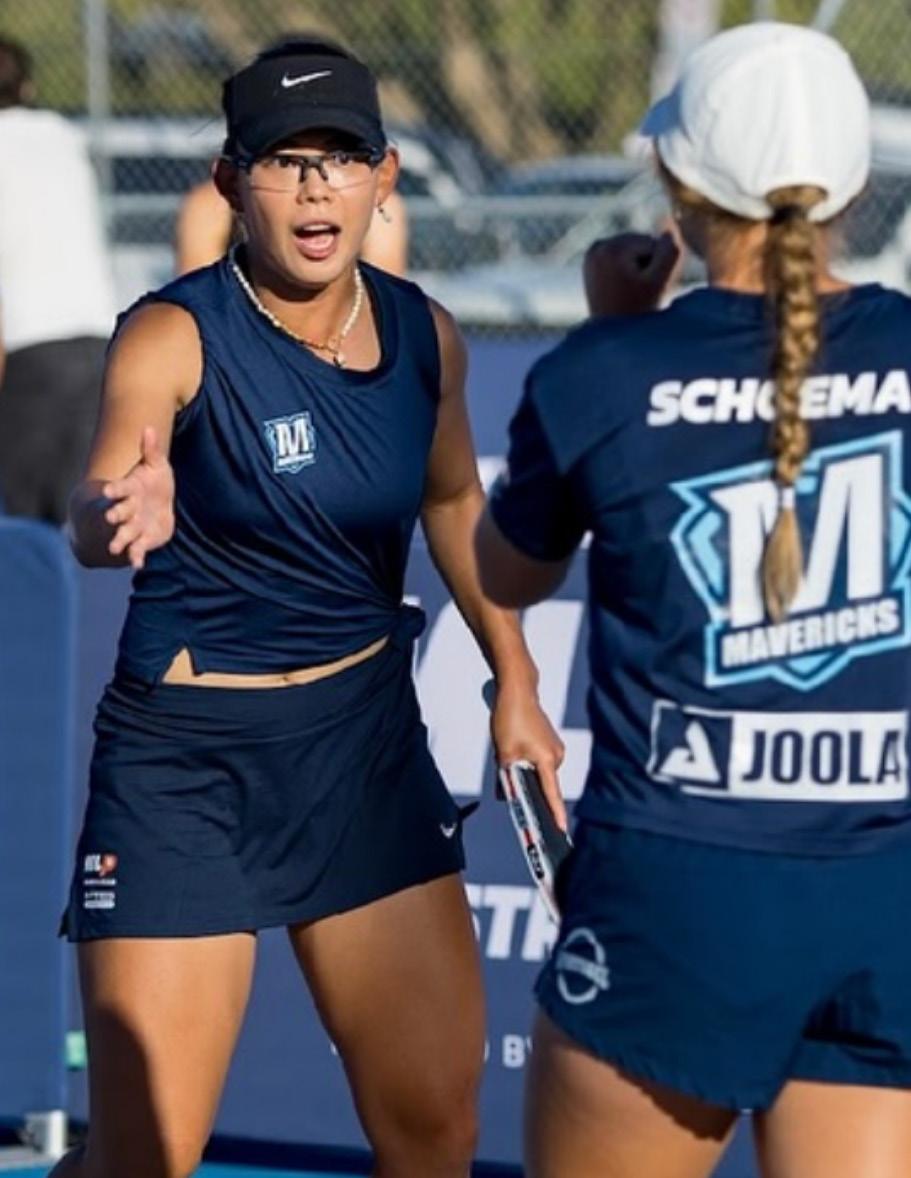ALBIE HUANG
ROOTED IN NEW MEXICO, REACHING THE WORLD



NEW MEXICO EDITION | ISSUE #1 | JULY 2025
PROUDLY PUBLISHED BY HAWAII PICKLEBALL MEDIA GROUP

ROOTED IN NEW MEXICO, REACHING THE WORLD



PROUDLY PUBLISHED BY HAWAII PICKLEBALL MEDIA GROUP
WE’RE EXCITED TO BE PART OF YOUR PICKLEBALL STORY— AND HONORED TO HELP TELL IT.
A FEW QUICK THINGS AS WE KICK OFF THIS JOURNEY:
• WE’RE NEW TO NEW MEXICO—BUT PASSIONATE ABOUT SHARING THE STORIES THAT MAKE THIS COMMUNITY SPECIAL
• YOU’LL SEE FAMILIAR FACES, LOCAL EVENTS, AND SOME FUN SURPRISES ALONG THE WAY
• SHOUT OUT TO MARTY GARCIA, OUR LOCAL NEW MEXICO EDITOR
THANKS FOR THE WARM WELCOME. WE’RE JUST GETTING STARTED!
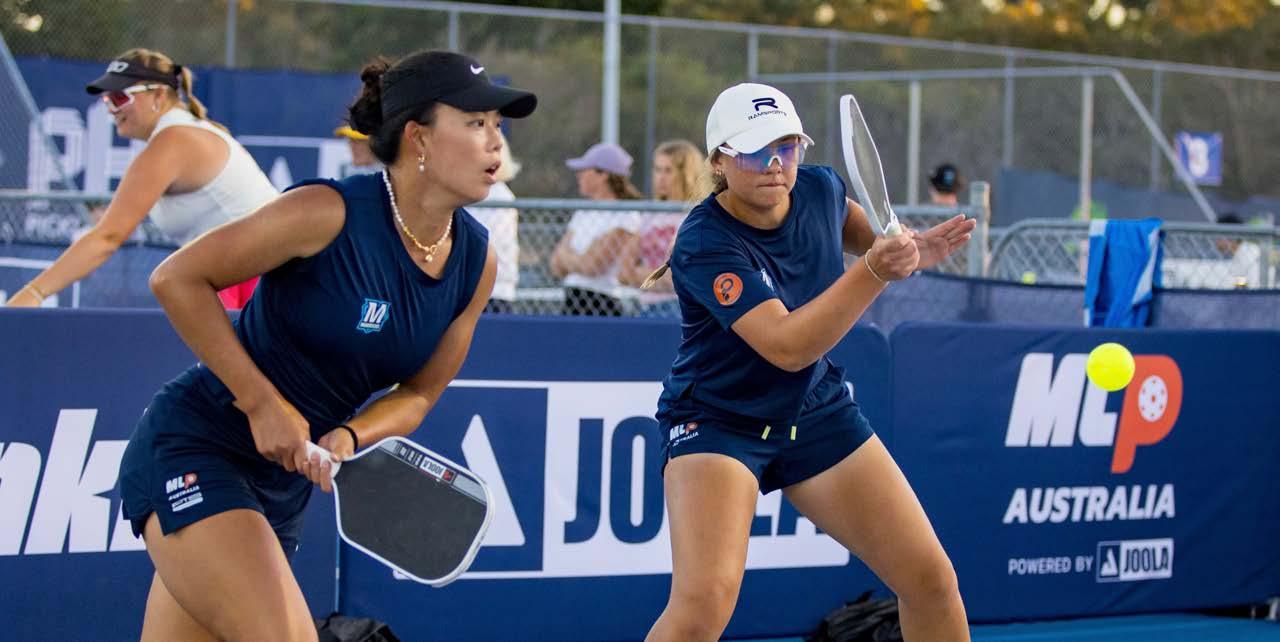

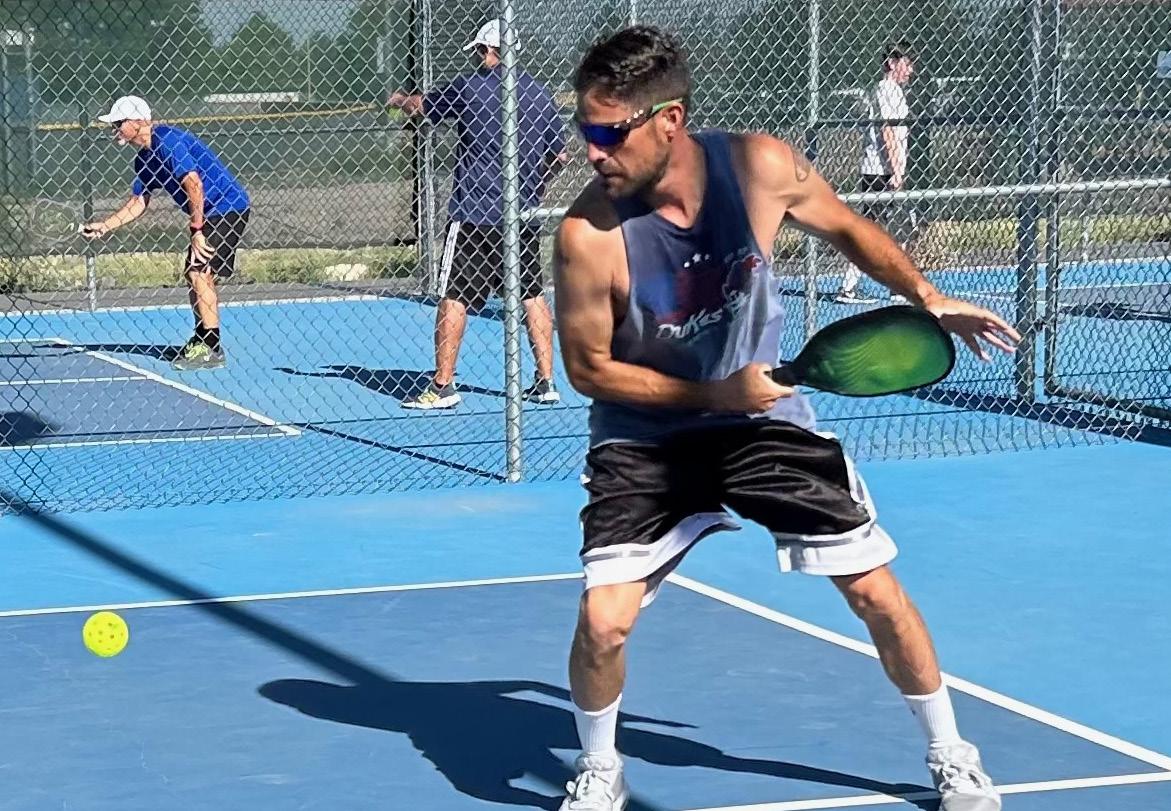
When we started Hawaii Pickleball Magazine, we set out to capture more than just wins and paddles—we wanted to celebrate the heart of the community.
And now…we’re bringing that same spirit to New Mexico.
Welcome to the very first issue of New Mexico Pickleball Magazine! We're honored and thrilled to introduce a new sister publication built on the same values we hold close: aloha, inclusivity, kindness, positivity, community and connection.

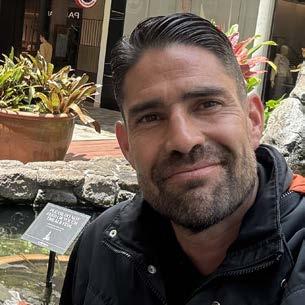

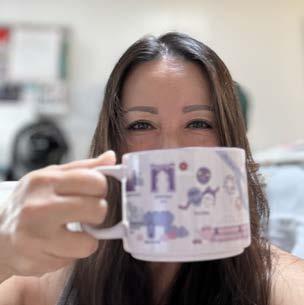
We’ve always believed aloha is more than a place—it’s a way of being. And from everything we’ve seen and felt, New Mexico shares that same heartbeat. The community vibe here is strong, connected, and welcoming—just like back home.
This new edition is deeply connected to our team in Hawaii. We’ll be sharing the same pool of trusted experts, coaches, and resources our Hawaii readers rely on—covering everything from gear and paddle reviews to rules, tips, and community spotlights.
But we also know the best way to honor a place is to listen and learn from the people who live it every day.
That’s where Marty Garcia, our New Mexico Editor, comes in. Marty’s the one meeting players, gathering stories, and capturing the spirit of New Mexico pickleball on the ground. We’re incredibly lucky to have him— there’s truly no one better to help tell New Mexico’s story.
We’re here to shine a light on the NM pickleball community and help celebrate it. We can’t wait to learn from you and build something meaningful—together.
Mahalo (thank you) for letting us be part of your journey.
Aloha, Jen Wilson Editor, Hawaii Pickleball Magazine and New Mexico Pickleball Magazine


NEW MEXICO PLAYS HERE • HELLO SUMMER • JULY 2025
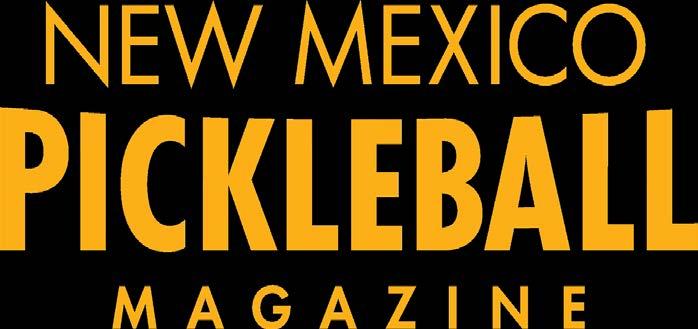
ROOTED IN NEW REACHINGMEXICO,THE WORLD
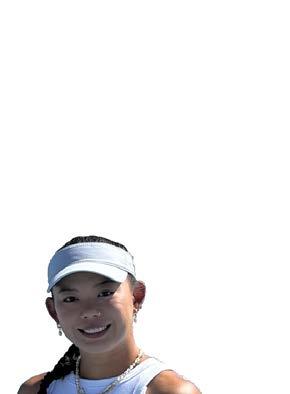

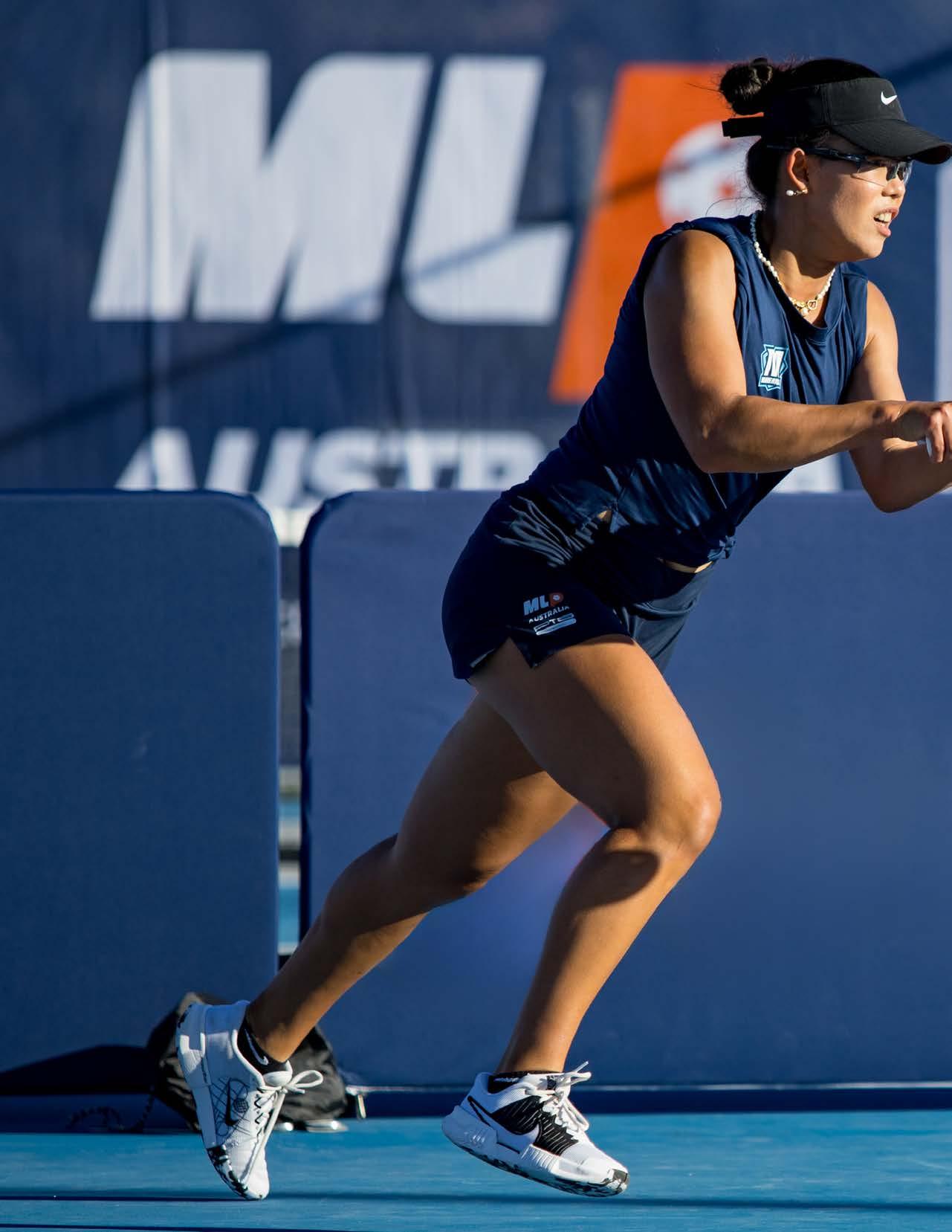
ONE PLAYER FOUND HOME— HER MISSION— ON THE PICKLEBALL COURT
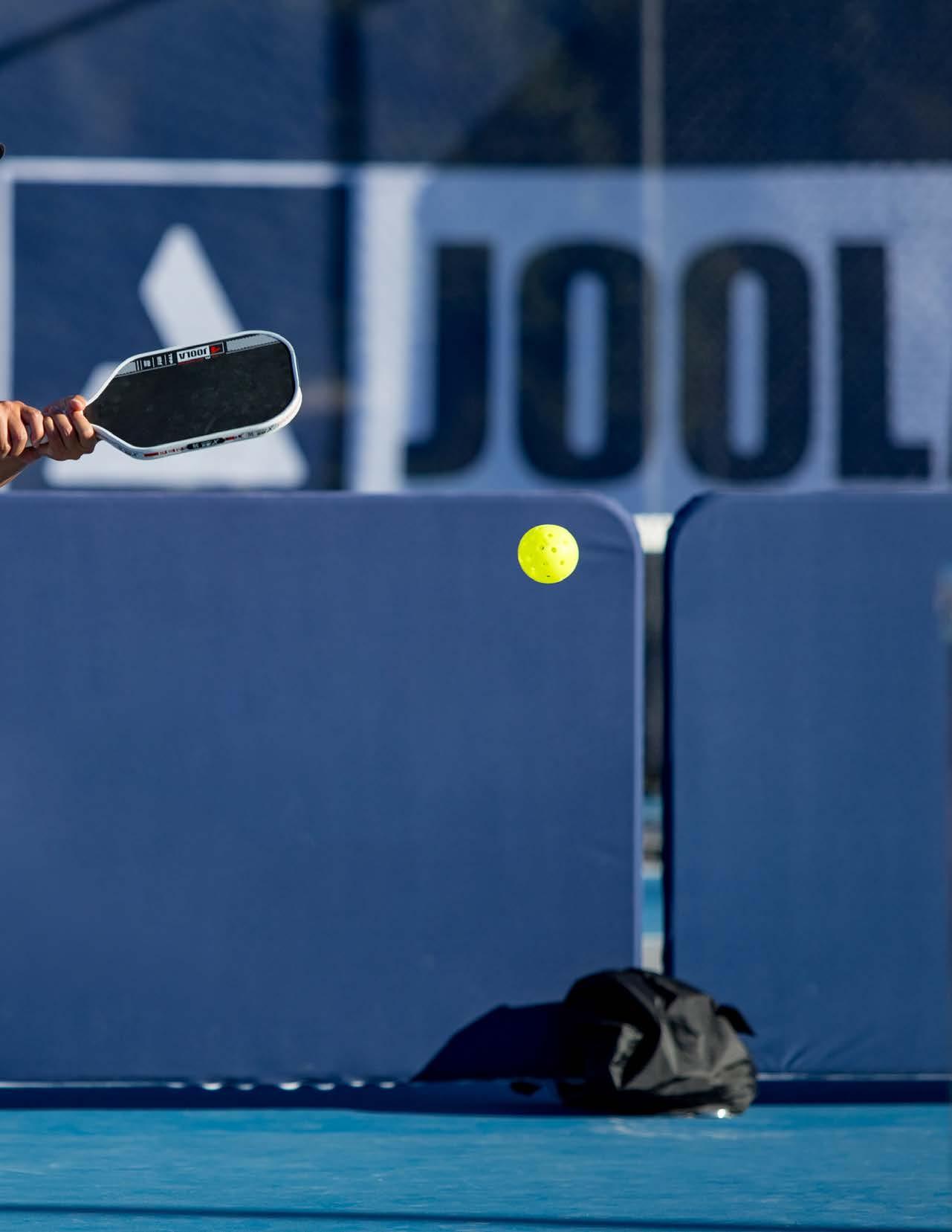
When Albie Huang landed in New Mexico in 2017, she couldn’t have predicted the journey ahead—one that would take her from international student and Division I tennis player to a rising professional pickleball talent with roots deeply planted in Albuquerque. Now, she’s making history again as the inaugural cover feature for New Mexico Pickleball Magazine.
Albie’s connection to New Mexico runs deeper than just the courts. She’s also grown to love the outdoorsy lifestyle that comes with it. One of her favorite pastimes outside of pickleball is skiing in Santa Fe. “It feels a little dangerous,” she admits with a laugh, “but it’s so much fun.”
Albie came to the U.S. to play college tennis for the University of New Mexico Lobos on a full scholarship. “Since I came to the U.S., New Mexico has always been my home,” she says. While her journey began thousands of miles away in Kaohsiung, Taiwan, the warmth of the New Mexico sun—and its people— quickly won her over.
“I like the sunsets. I like the people. People are incredibly friendly here,” she shares. Even after traveling to 10 to 20 states through collegiate tennis, Albie never wavered: “I still find New Mexico as my home.”
She especially loves playing at Manzano Mesa Pickleball Complex, where her game has grown since the beginning. “It’s definitely the home of pickleball for me. It’s where I train and where I started. There are always courts available, even at busy times.”
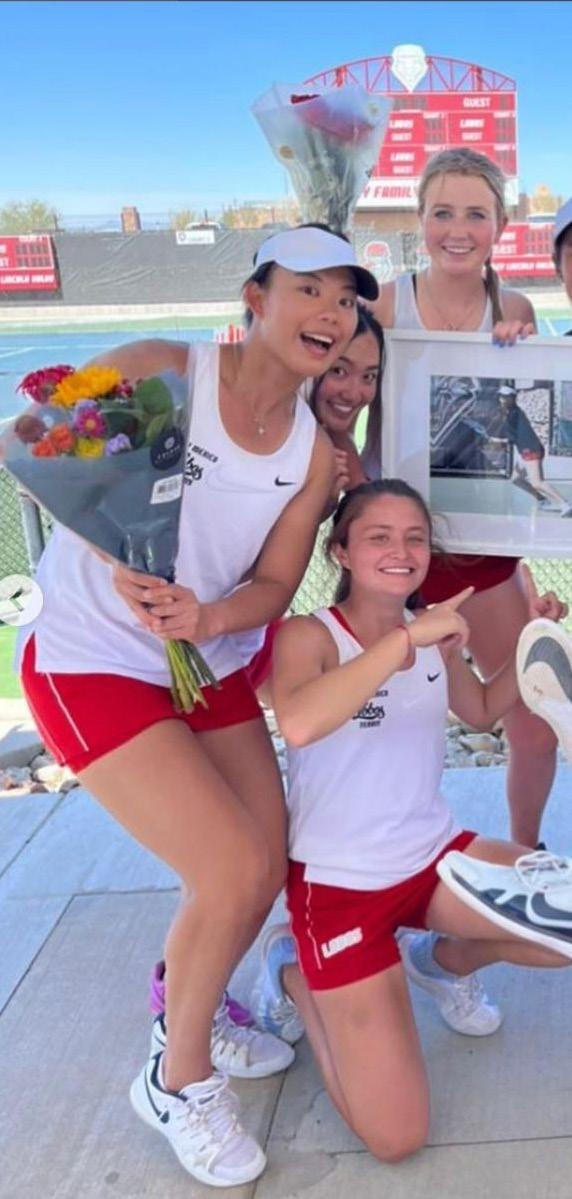
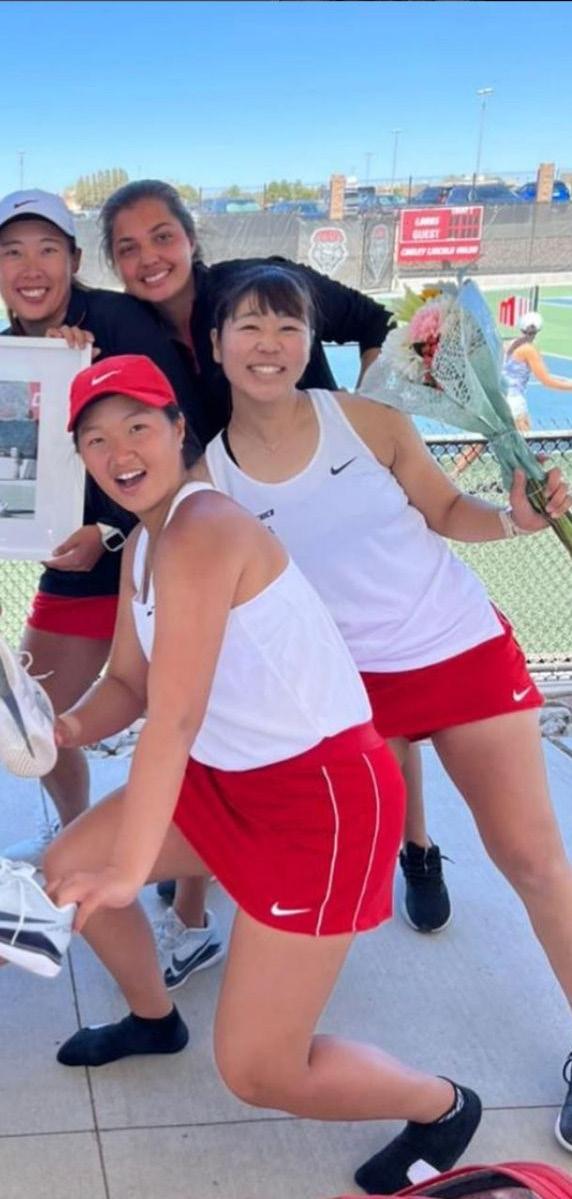
Albie’s love for tennis started thanks to a family friend of her mother’s, who once played professionally. That recommendation lit the spark that eventually earned Albie dozens of college offers. It’s a full-circle moment—because now, the daughter of that same family friend is Taiwan’s top-ranked pickleball player. The two even crossed paths at international tournaments, continuing a shared legacy that began in childhood.
Ultimately, Albie chose UNM thanks to a caring head coach, Stephanie—”Even at 3 a.m. her time, she’d answer my questions. I had a feeling, a strong belief that she would take care of me.”
She thrived in the team setting, valuing the camaraderie that’s often missing in tennis.
“In tennis, you’re always alone,” she said. But after joining the Lobos, “You’ve got a team behind you. They’re cheering you on, they’re next to you on the court, and you know they’re there to support you.”
Her favorite memories as a UNM Lobo weren’t about wins or trophies—they were the small, shared moments with teammates. “We’d be sitting in the locker room before matches, just giggling, talking, and supporting each other. It was those little moments that made the best memories.”
In college, Albie originally set out to study architecture. But because of conflicts with the tennis team’s schedule, she had to switch majors.
So community and regional planning became her new path.
After graduation, she went on to work as a consultant. Long hours and tight deadlines defined her days—until a friend invited her to try pickleball. It became “a getaway, my way to relax and escape a little bit.”
After participating in her first professional pickleball tournament in Dallas, she knew something had shifted. “I remember thinking: I miss being competitive. I’ve always been a very competitive person and I was feeling like I could compete again.”
That reawakening of her competitive spirit was just the beginning. What truly drew her in—and kept her coming back—was the sense of belonging she found on the court.
“Literally any person in almost any age can enjoy participating. And people are less exclusive in the
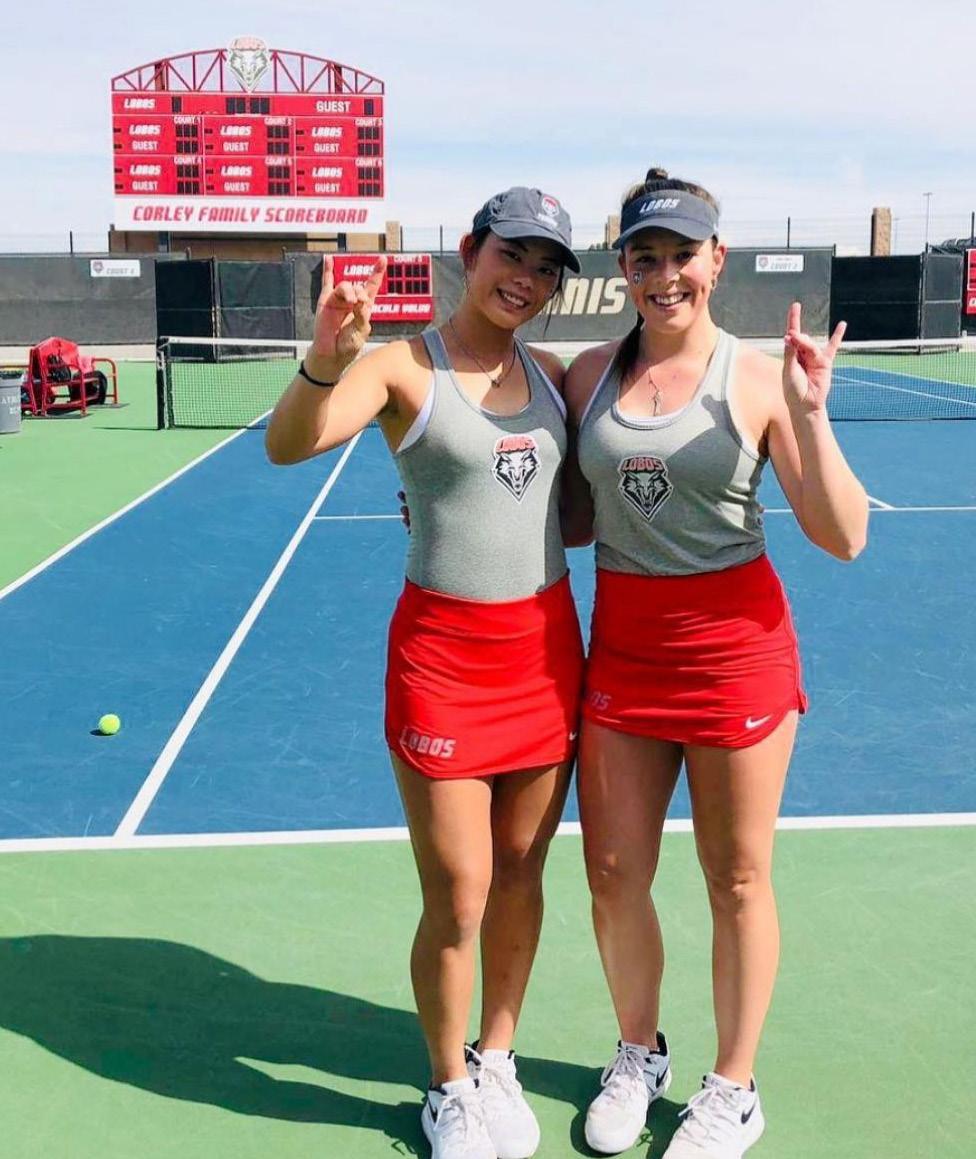
“I’d like to see how pickleball can change part of the world—even just a little part.”

Albie, in an Instagram post upon her graduation from UNM
pickleball community. They always like to share and have fun compared to a lot of sports that’s a lot more exclusive.”
She also sees pickleball as a unique blend of racket sports—part tennis, part ping pong, part badminton— which makes it especially accessible. For Albie, that accessibility is deeply personal. She’d “love” to see more Asian players competing at high levels, because unlike many sports where height or body type can be a limiting factor, pickleball levels the playing field. “In pickleball, that impact is smaller,” she explains.
She points to emerging opportunities—like the Asia PPA in Malaysia, a series of six major tournaments across Asia from July through December, and the APP’s Trailblazer program—as signs of the sport’s global rise.
Her dream? To grow the game in both Asia and the U.S., and to inspire her community to embrace it.
While her tennis background gave her an edge in footwork, groundstrokes, and court awareness—“I knew where to stand, what to cover, and how to move instinctively”—it also presented unexpected hurdles. “Some habits were hard to break. It took time to start thinking like a pickleball player instead of a tennis player.”
The strategic shift was one of the biggest adjustments–changing old habits was harder than learning new ones. She said that she really had to work at developing a whole new mindset.
The toughest skill to learn? Hands battles at the kitchen line. “It’s a much shorter distance compared to tennis, and you need fast reflexes and reactions. Tennis is mostly groundstrokes, so this was totally new for me. I’m working on becoming a better dinker and setting myself up for those kitchen exchanges.”
Her playing style is dynamic and athletic—shaped by hours of training with male players early on. “My shots and flicks are more aggressive, and I tend to play somewhere between the traditional men’s and women’s styles,” she explains. “I also love coming up to the net in singles whenever I see an opportunity.”
While she enjoys the energy and collaboration of doubles, she admits that singles still feels more natural. “It’s closer to tennis,” she explains. “Doubles has more complexity and less individual control”, so she’s still figuring out her rhythm there.
One of Albie’s biggest learning moments came at the PPA Tucson event a few months ago, where she faced off against top pro Lea Jansen—ranked among the world’s best in women’s singles. The match was a turning point in how she viewed her own development.
“I learned that my footwork at the baseline needed to improve” she says. “If you’re not fast and strong enough, you get destroyed. Everything has to be sharp—your serve, your return, your movement.”
Playing against Jansen exposed areas of her game that needed refining. “If you don’t have a strong, spinny serve, you start losing from the first shot. They can redirect a weak serve so quickly, and you’re immediately on defense. The return has to be just as strong.”
But Albie didn’t back down. In fact, the match only deepened her resolve. “When you play with top players like her, your weaknesses get exposed really quick—but that’s exactly why I challenged myself to play in PPA tournaments when I first started.”
Still early in her career, she’s taking every opportunity to learn and evolve. But breaking into the pro world comes with its own set of unique challenges. “One of the hardest things is finding a consistent partner who understands the game the same way you do,” she says.
Albie trains up to four hours a day on the court, plus weight training, and includes early morning jogs to stay sharp. But she’s not doing it alone. Her boyfriend Julio—whom she met on the pickleball court—is a key part of her training team. A fellow athlete and medical student, Julio helps with drills, particularly hand speed and kitchen battles, and supports her schedule and mindset.
“He’s helped me become a better person—healthier, more balanced, more thoughtful,” she shares. “He’s taught me how to take better care of myself.”
That guidance means a lot given Albie’s childhood of rigorous athletic demands. As a teenager playing international-level tennis, she trained seven to eight hours a day. She didn’t see her parents a lot. “Maybe early morning or late at night, or weekends, if I wasn’t traveling,” she says. “I had to teach myself a lot, but I
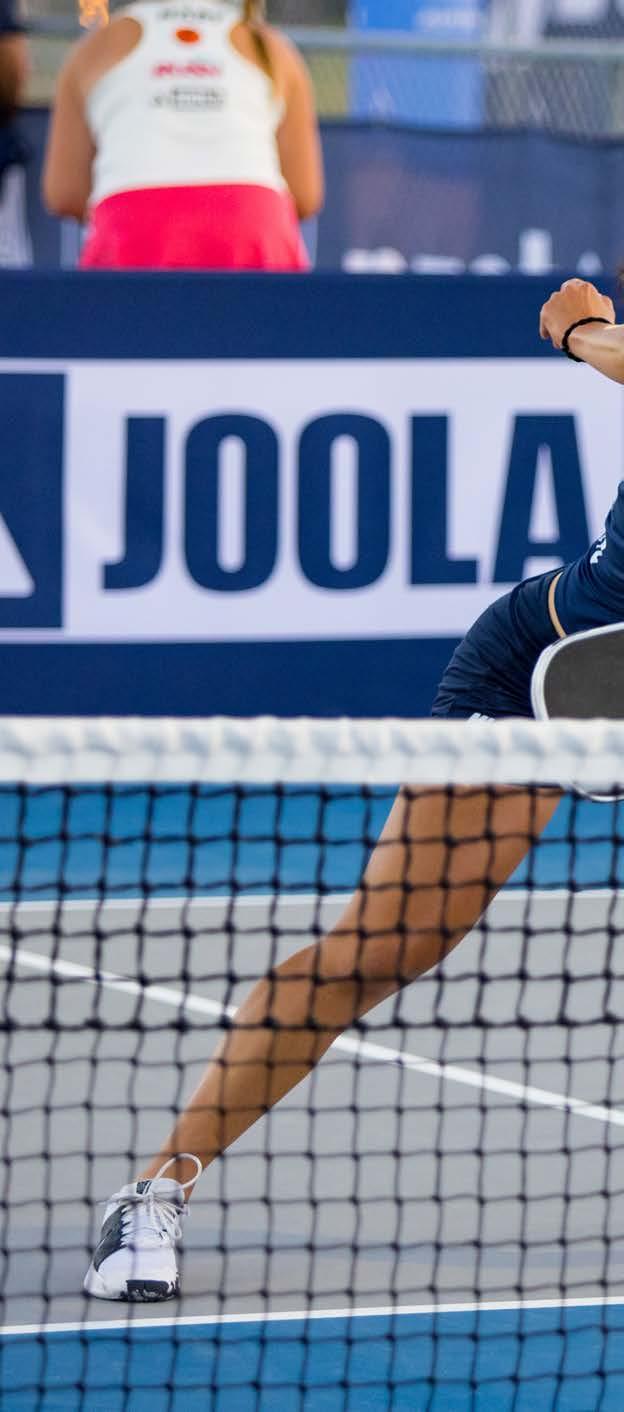

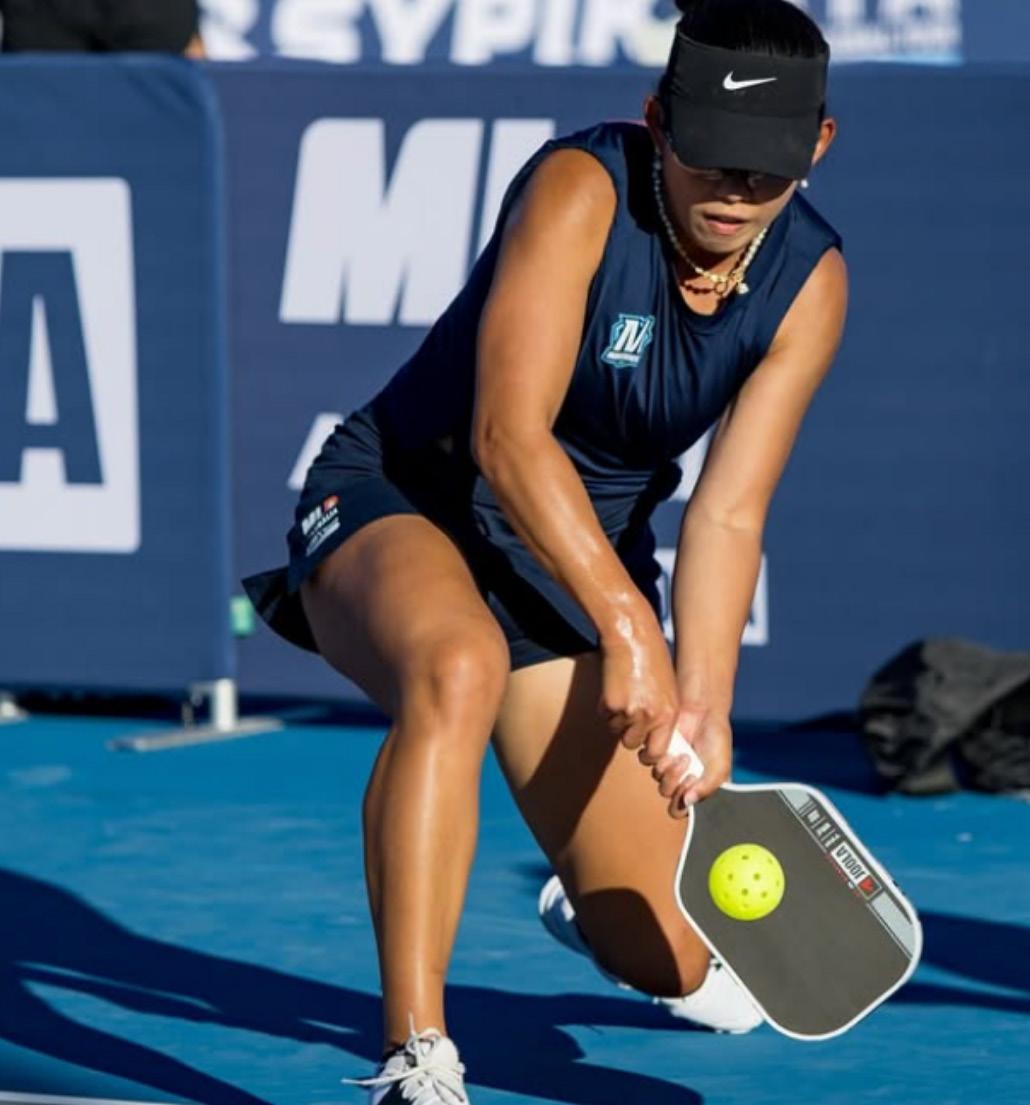
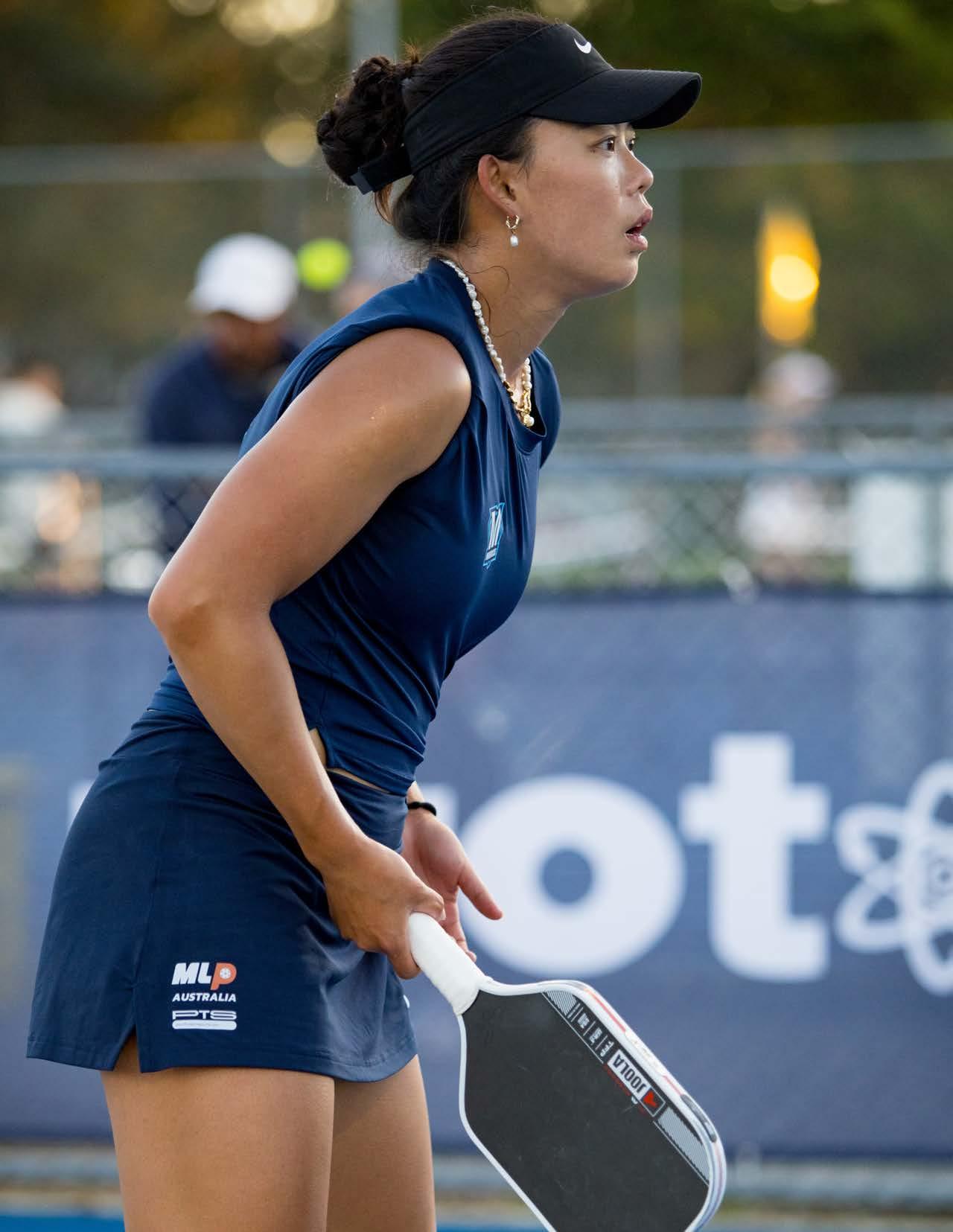
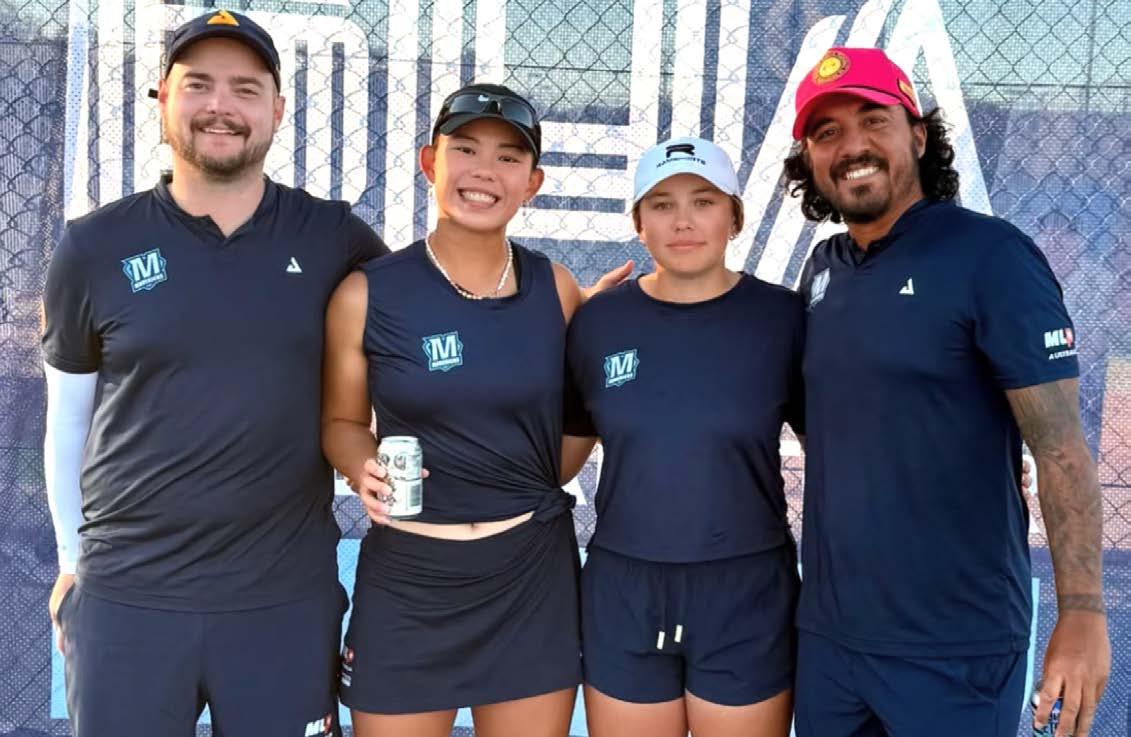
also missed out on a lot—and I didn’t realize it until later.”
Her independent spirit made her resilient. “Most of what I’ve learned in life has come from the people closest to me,” she says. “And Julio is one of them.”
So what’s next for Albie Huang?
Recently, Albie was drafted to the Melbourne Mavericks in Australia’s Major League Pickleball—a major milestone in her rapidly rising career.
Even as she climbs the ranks professionally, she’s just as committed to giving back. “I want to promote pickleball in the Chinese community and here in Albuquerque,” she says. “I want more people to come out, play, and have fun.”
Her biggest dream? To help elevate pickleball into
an NCAA-sanctioned sport and one day see it on the Olympic stage. “It would be amazing to represent my country,” she says. She hopes that as the sport grows, it will one day offer scholarships— opening doors for future international students the way athletics once opened doors for her.
She hopes her story can show younger Asian athletes what’s possible. For Albie, pickleball represents a rare opportunity—a sport where success isn’t limited by size, background, or geography. She believes more Asian players can rise to the top of the game, and she wants to help pave that path.
That belief—along with Albie’s conviction that pickleball fosters emotional resilience and physical wellness—fuels her mission to make the sport more inclusive and more global.
It’s not just a game—it’s a bridge to belonging. And for Albie Huang, that bridge begins right here, on the courts of New Mexico.
Most of what I’ve learned in life has come from the people closest to me.
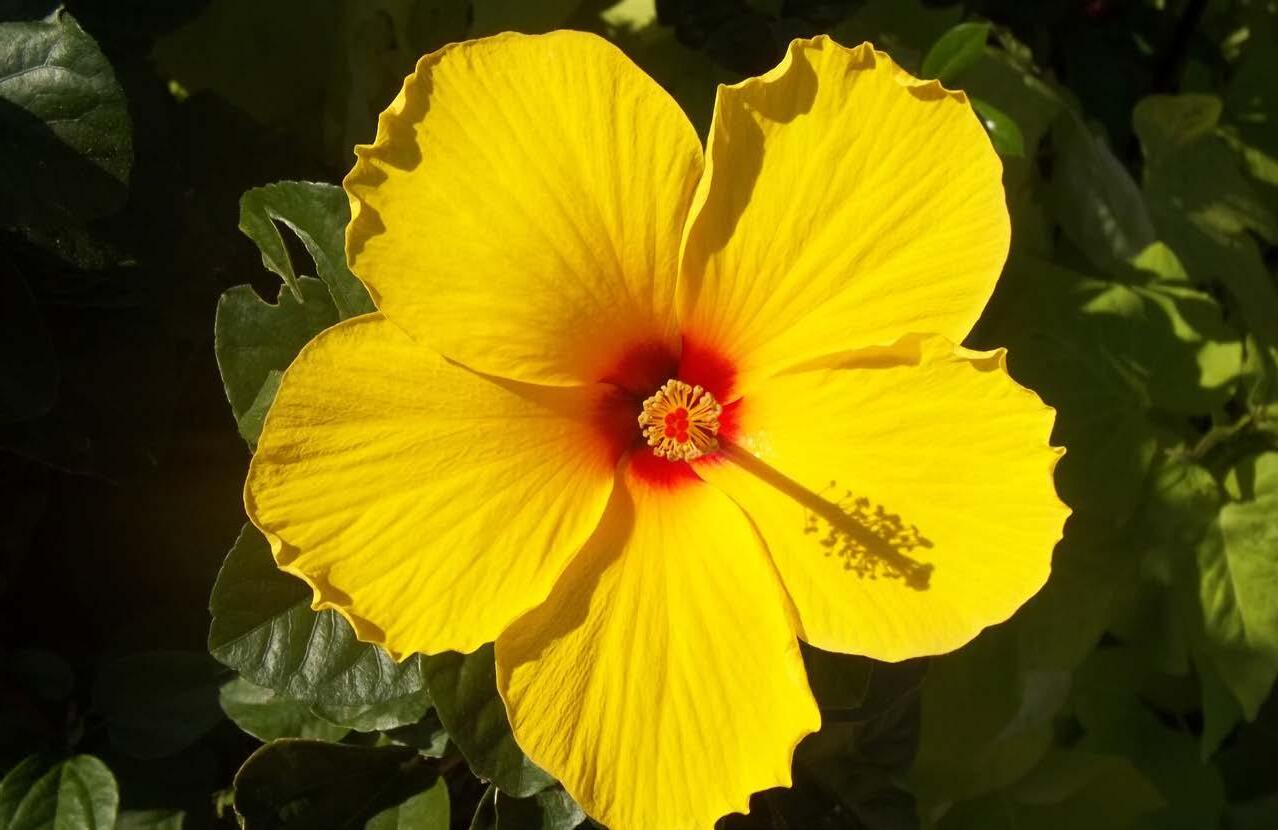
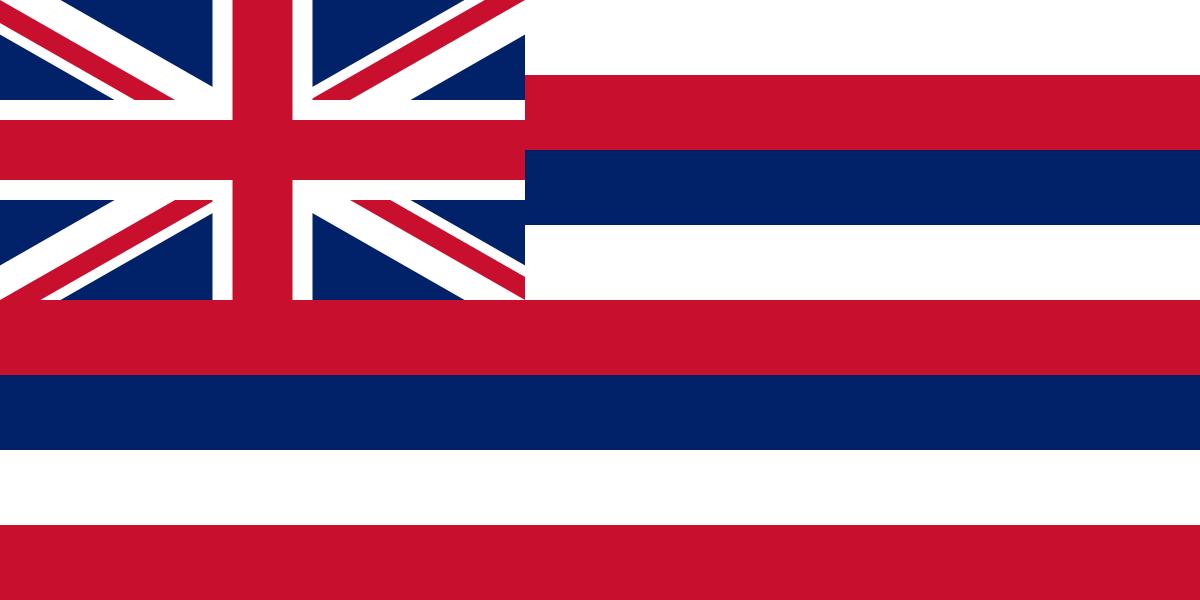


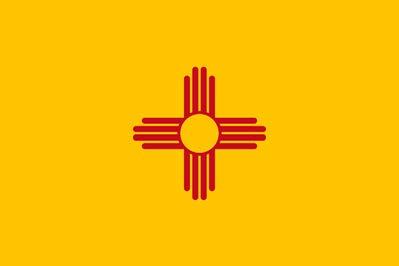
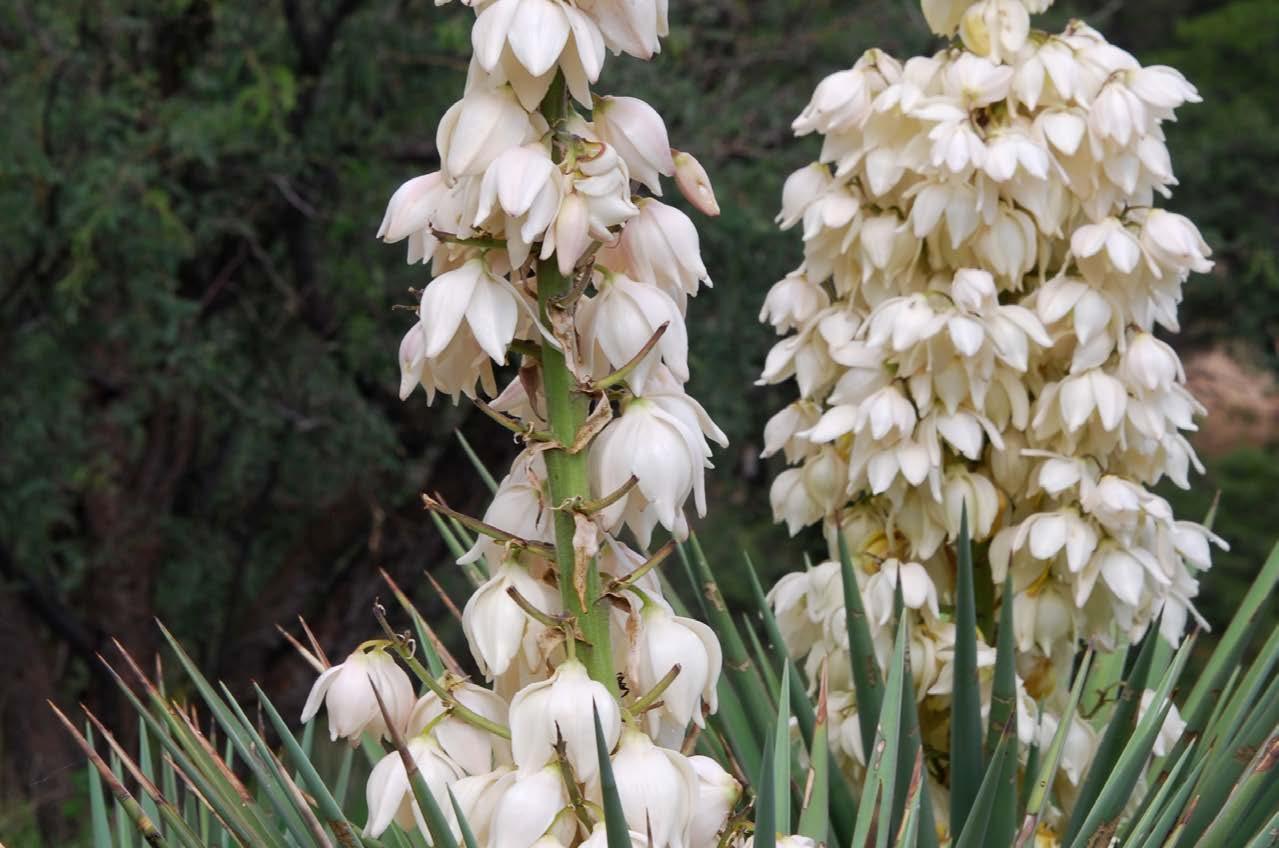
Hawaii and New Mexico might look totally different on the outside—think palm trees vs. pueblos—but when it comes to the people, they’ve got a lot in common. Both feel small in the best way, with tight-knit communities where everyone kinda knows everyone (or knows someone who knows someone).
On and off the court, it’s all about connection, hospitality, and showing up for each other. So we thought it’d be fun to put the two side by side and show off what makes each place special—and what brings us together.
CATEGORY HAWAII �� NEW MEXICO
Population ~1.4 million ~2.1 million
State Nickname The Aloha State
The Land of Enchantment, also called the “Land of Entrapment” because “once you come to NM, you stay in NM”
State Flower Yellow Hibiscus Yucca Flower
State Bird Néné (Hawaiian Goose)
State Sport Surfing (official)
Most Iconic Dish Poke Bowl or Plate Lunch
Greater Roadrunner
None officially but rodeo is a strong tradition—famous line from a movie… “Ain’t no real cowboys from Texas, I’m from New Mexico”.
Enchiladas (green chile chicken or red beef—casserole, rolled, or flat style) or Green Chile Cheeseburger
State Question “What high school you went?” “Red or green?” or “Toss or mac (salad)?”
Vibe
Laid-back, ocean,
Artsy, historic, outdoorsy, mountainous “You not late (Hawaiian time)”
Cultural Flex ohana, spam musubi, shaka
Hot air balloons, pueblos, chile on everything
Local Lingo “Pau,” “Shoots,” “Grindz,” “Howzit” Spanglish; a mix of slang Spanish words and English.
Fun Fact
Only U.S. state that’s an island 1950s crash landing of a UFO in Roswell chain—island hopping is by plane (no bridges connecting the islands)
Official Team Sport Outrigger Canoe Paddling
None (yet!)
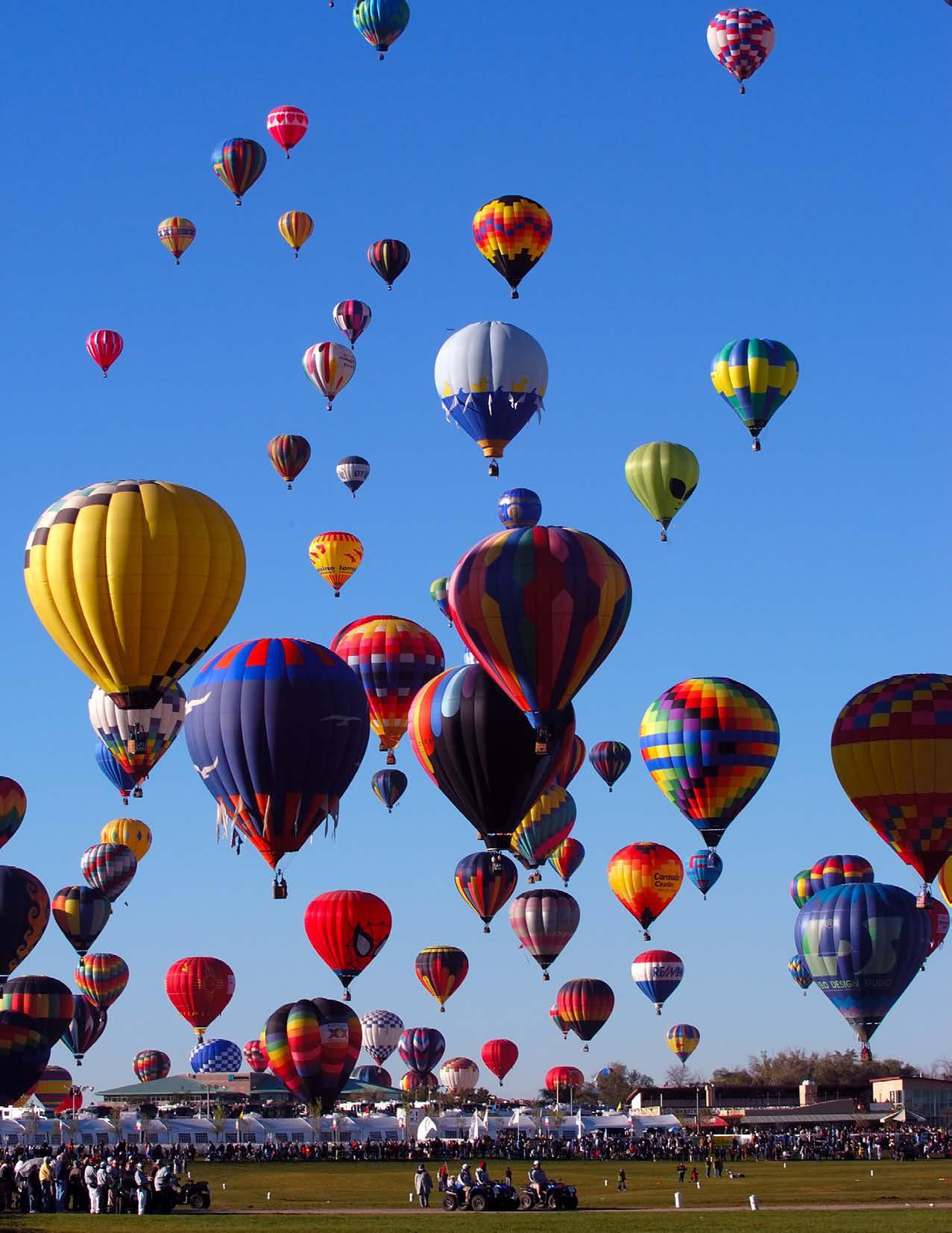
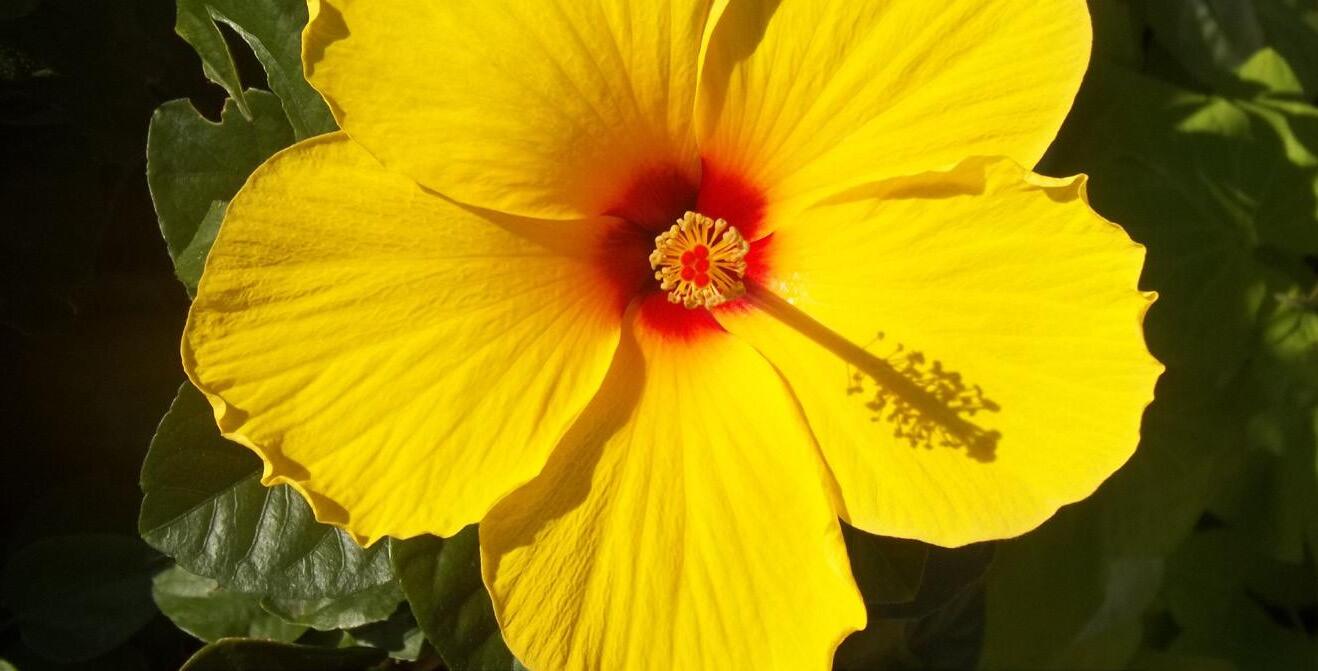

• Home to the world’s most active volcano (Kīlauea)
• Spam is a staple—not a punchline
• No daylight saving time—Hawaii stays on Hawaiian time, in every sense
• No billboards allowed—the state banned them to preserve its natural beauty
• Iolani Palace in Honolulu is the only royal palace in the U.S.
• The Aloha Spirit is more than a vibe—it’s written into state law
• The Albuquerque International Balloon Fiesta is the world’s largest balloon festival—and the most photographed event on Earth
• The biscochito is the official state cookie— cinnamon, anise, and tradition baked in
• Massive flex: Santa Fe is the oldest capital city in the U.S.
• High-elevation dinks? Santa Fe sits at 7,200 ft
• New Mexico is the birthplace of the atomic bomb (Los Alamos)
• Chile is so essential, it’s legally protected—“New Mexico chile” has state certification
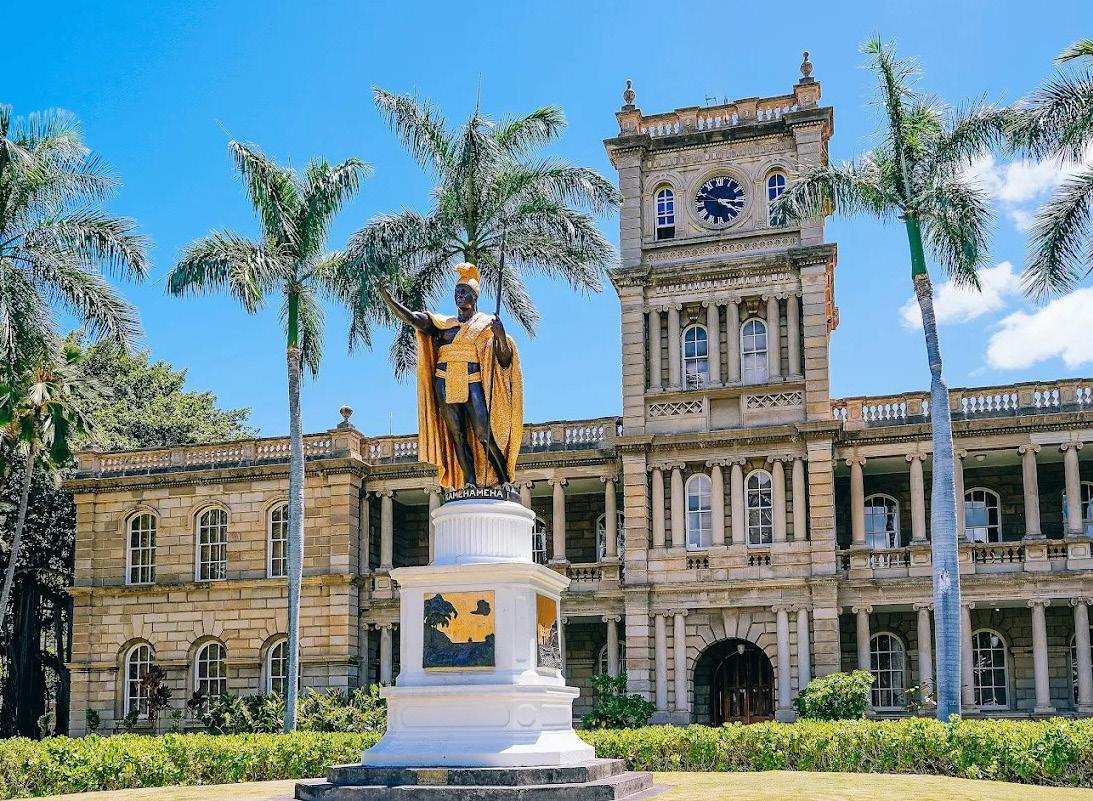
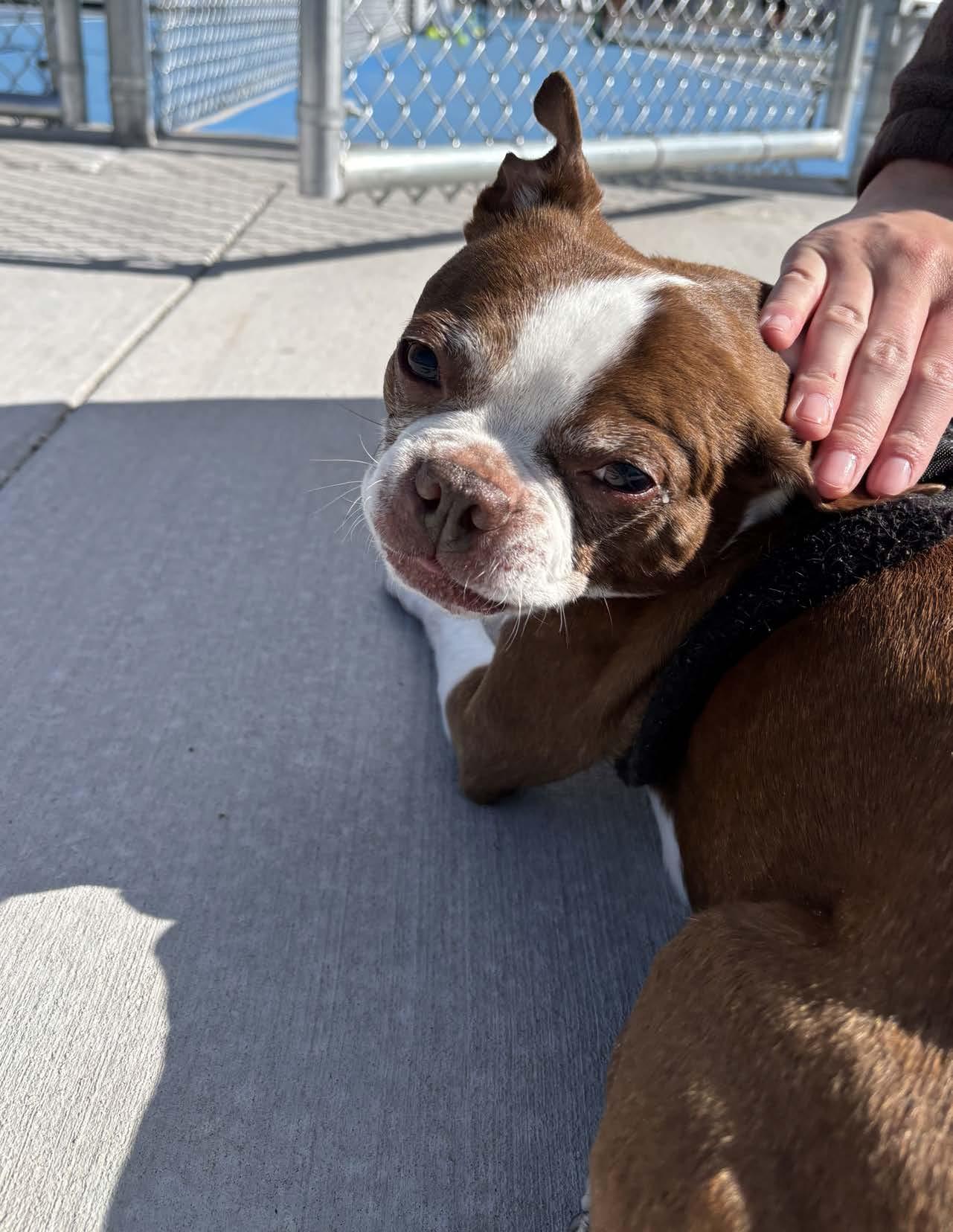

Boomi Age: 11 yrs old
Breed: Boston terrier
Crowds, courts, canines—you never know what you’ll find on a New Mexico pickleball day.
Owners: Cassia and Derrek
Fun Fact: Loves to lay out in the sun and loves to eat strawberries
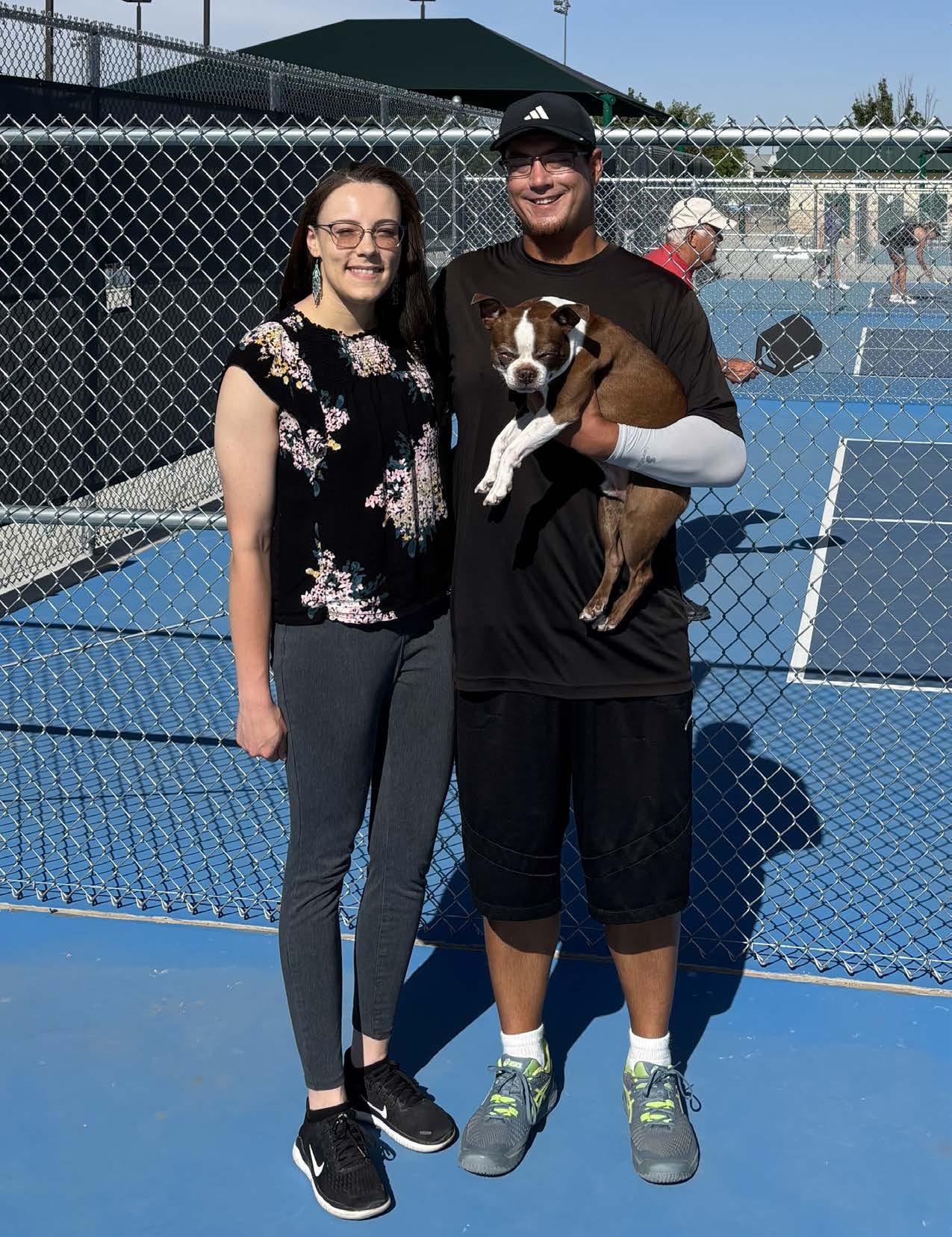

June 7-8: Pickleball
Fundraiser for Special Olympics
New Mexico
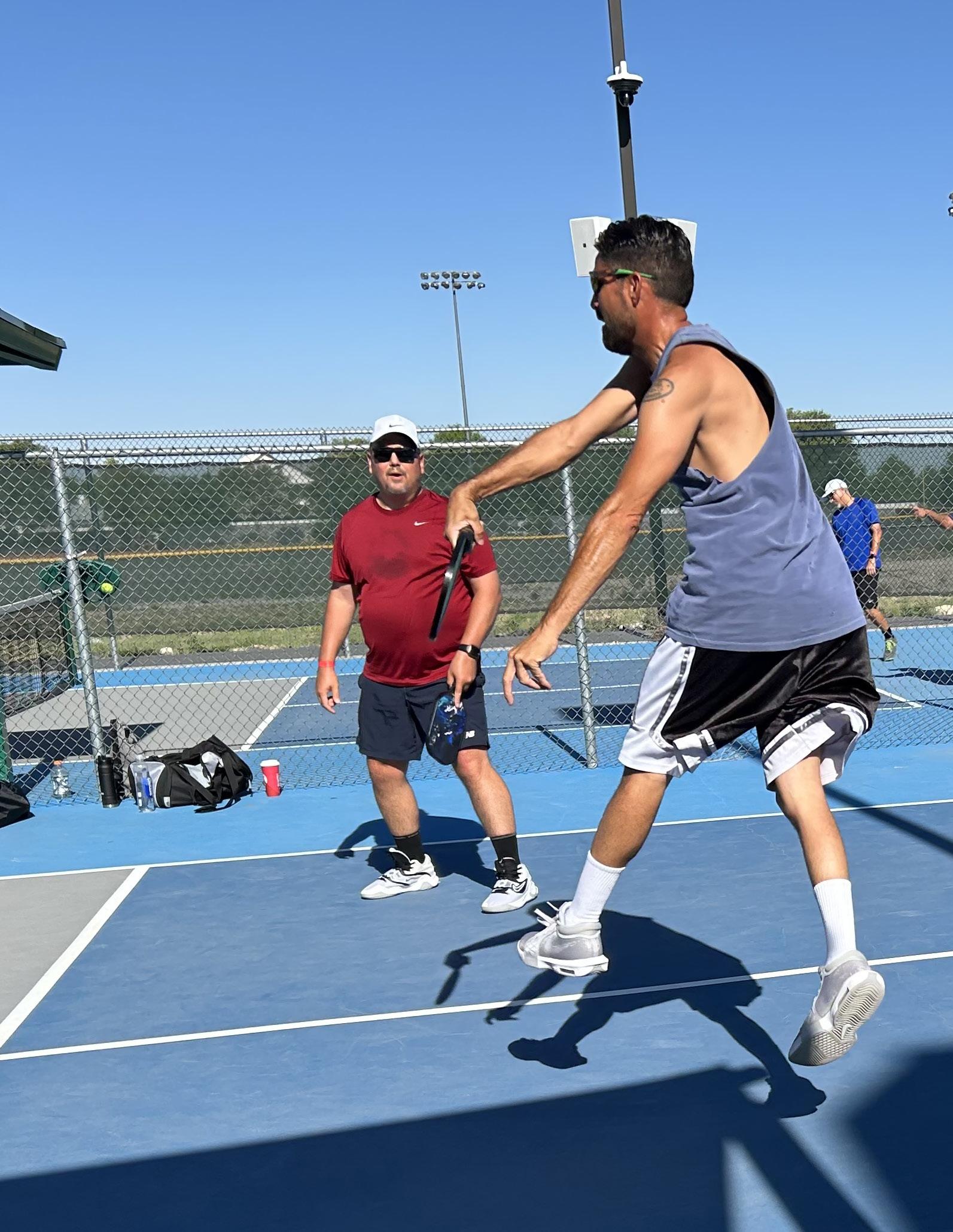

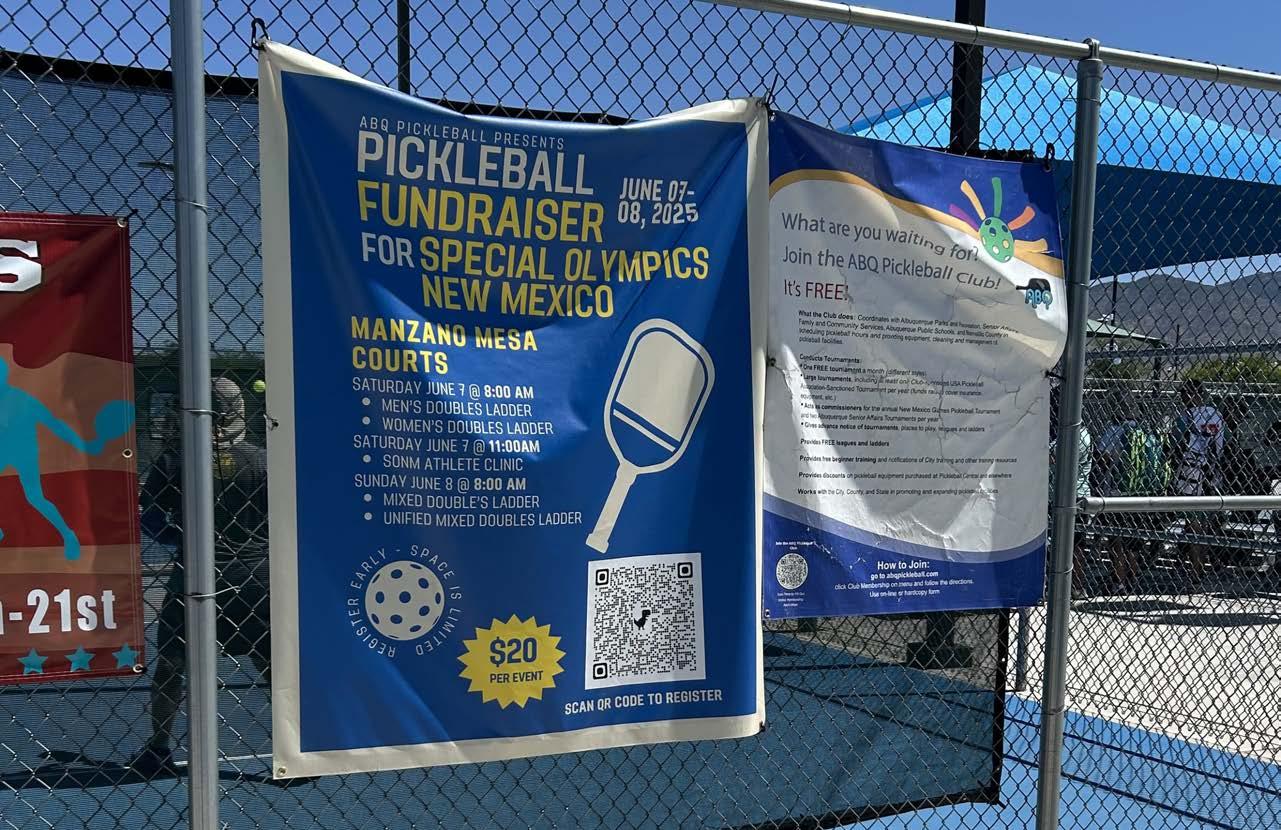
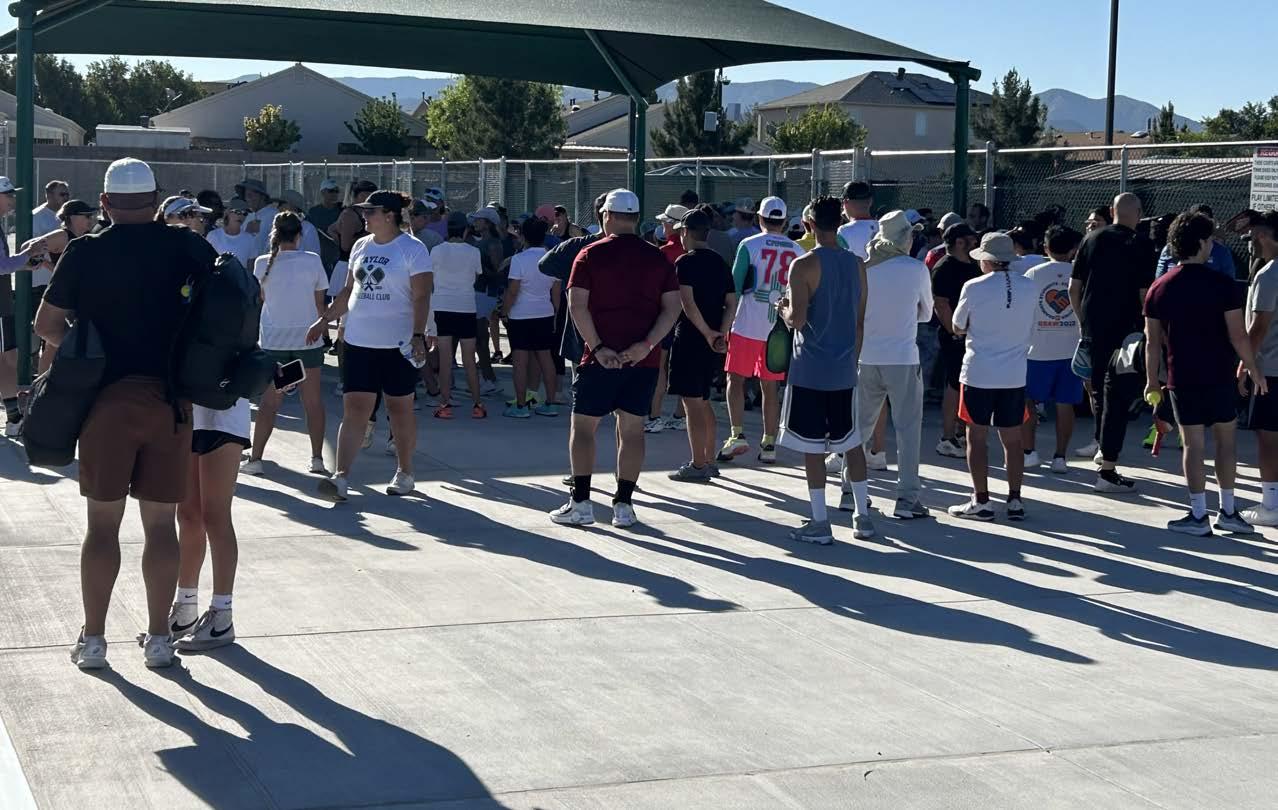
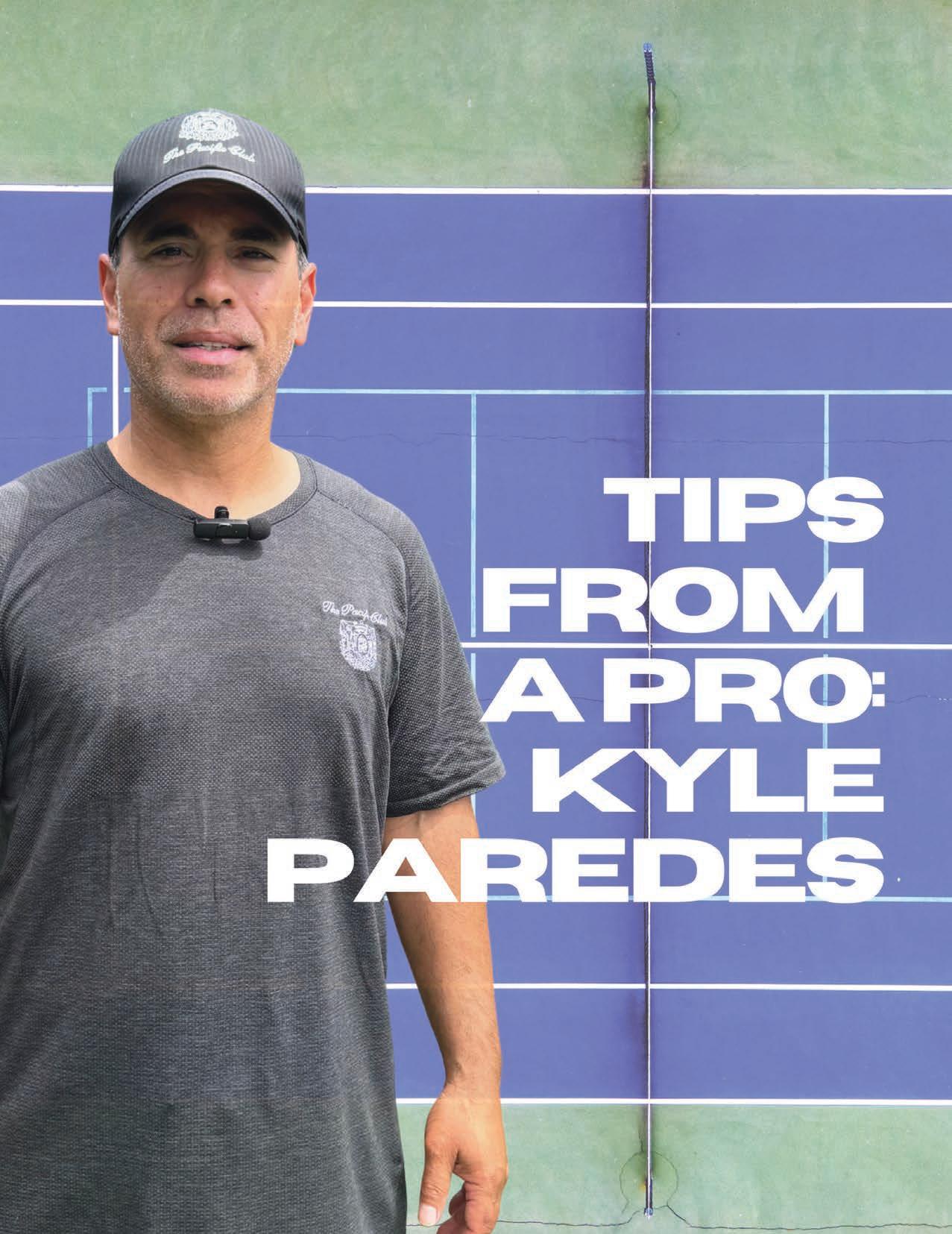
As we kick off Tips with a Pro in this first edition of New Mexico Pickleball Magazine , we’re excited to introduce you to the expert behind the insights: Coach Kyle Paredes.
Based in Honolulu, Kyle is a PPR Certified Pickleball Pro, longtime coach, and an exercise and sports physiologist with over 25 years of experience helping athletes improve performance and prevent injury. He’s also the founder of Sportech-USA, where he’s trained everyone from youth athletes to corporate teams—and yes, even pickleballers like us.
In these videos you’ll find that Coach Kyle breaks down fundamentals in a way that’s simple, effective, and rooted in science-backed training. We’re thrilled to share this resource with you as part of the shared expertise across our Hawaii and New Mexico teams—and we hope it helps take your game to the next level.
In this episode of Hawaii Pickleball Magazine ’s Tips with a Pro series, we’re back with resident pro & coach Kyle Paredes and his daughter Kylena—and we’re talking about the sweet spot: when and where to make contact with the ball for better control and consistency.
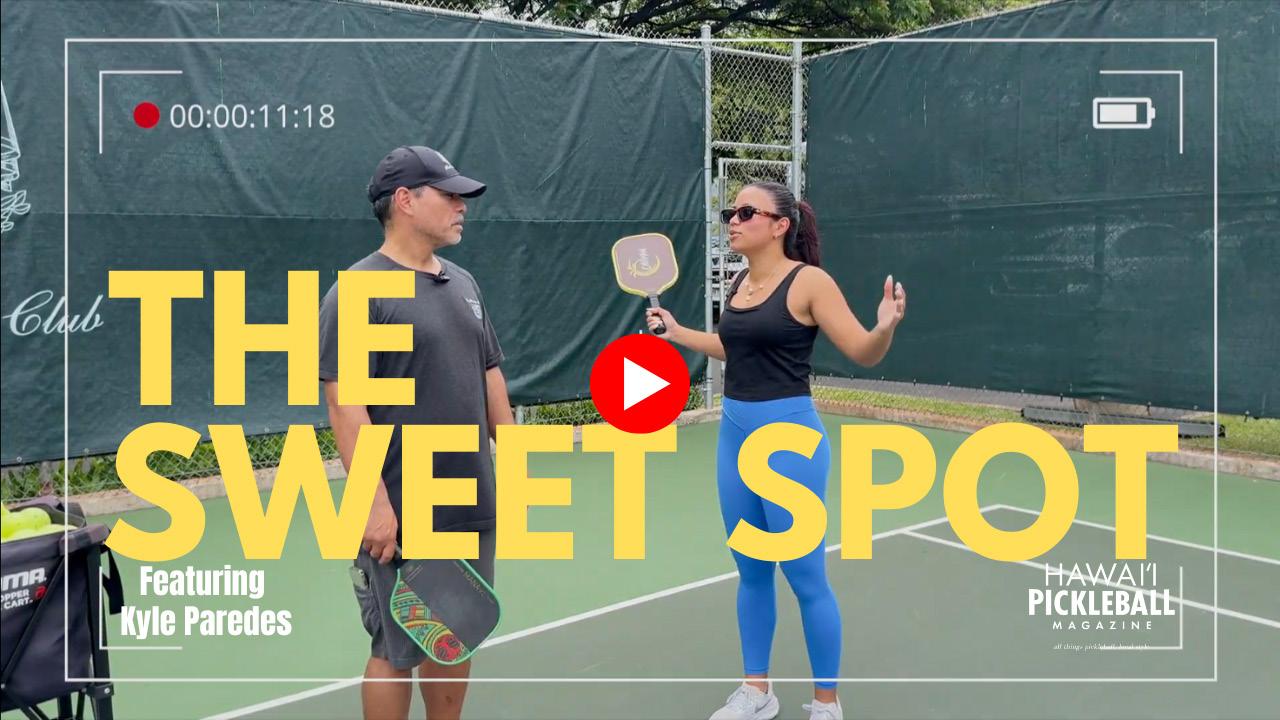
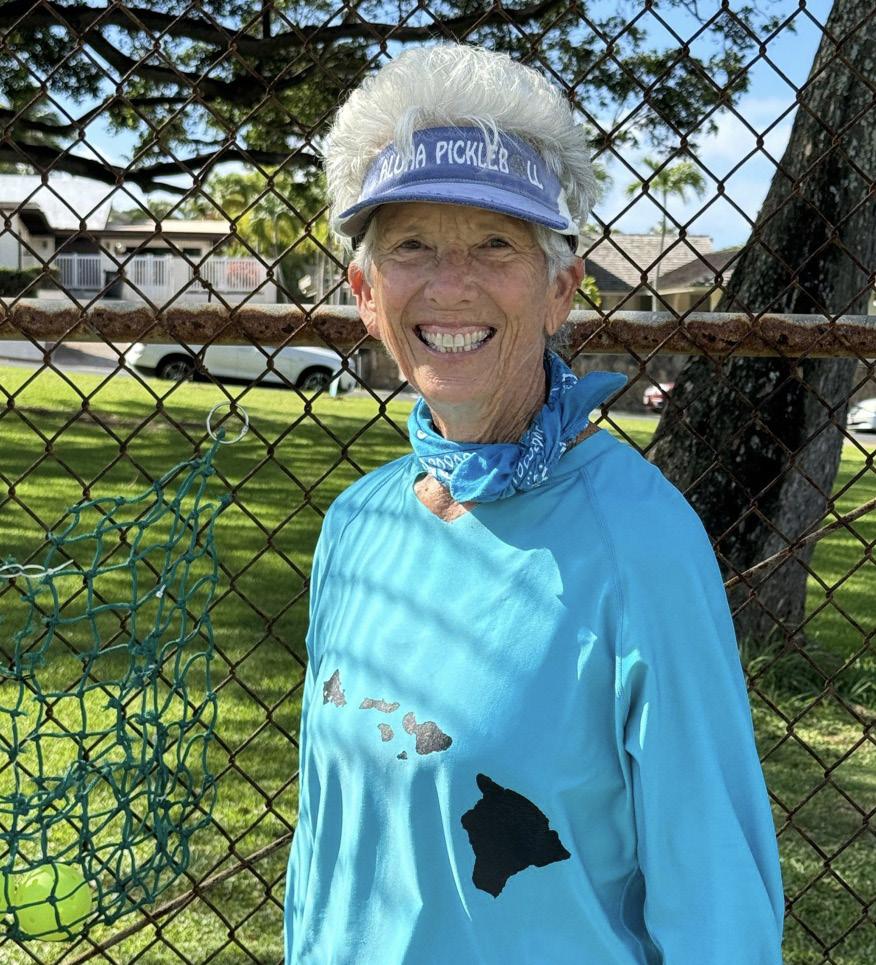
I reffed the New Mexico Senior Games in 2018. (Four days with too little sleep. Bleary. Ugh.)
Got my L1 badge in 2022. By mid2023 I'd reffed 400 games in rec play and tournaments from Mililani to Kailua.
Earned my L2 ranking in September 2023.
Check out Tracey’s spotlight feature HERE.
If you’ve ever wondered what it’s like to call a kitchen fault with a smile—or keep your cool when players don’t—you’re in the right place. Tracey Bennett is one of our most beloved columnists, known for her razor-sharp eye, quick wit, and a deep love for the game. A certified Level 2 referee with hundreds of matches under her belt, Tracey brings a unique perspective to every issue—equal parts insightful, honest, and hilariously
relatable. She cut her teeth reffing hundreds of games in Hawaii, where the aloha spirit runs deep—even when the calls get close. We’re thrilled to bring her voice to New Mexico Pickleball Magazine. Read her take, and the next time there’s confusion on the court, you’ll know the rules while everyone else is scratching their heads.
Q: On a drop serve, if I swing and miss the ball—or if I don’t like how it bounces, can I drop it again?
A: Yes.
Rulebook D.1. ... If the server does not hit the ball on the first release, the server can retrieve the ball and start the serve again within the 10-second count.
Q: Can it bounce more than once?
In rec play, people aren't strict about the 10-second count. After all, you're on the court for fun, not for counting to 10. But it’s different in an officiated match because those seconds are ticking by. So what happens when the dropped ball hits your shoe and scoots off? Can you stop the clock? Yes. Remember these magic words: “Ref, what’s our score?”
The ref must stop ticking off seconds, answer your question, then begin a new 10-second count. If you STILL need time to chase that runaway ball, ask another question (such
A: Yes.
Referee Handbook 4.D.4. There is no restriction on the number of times the ball may bounce before the server hits the ball to make the serve.
Q: Does it have to bounce outside the court?
A: No.
Inside, outside, or on the baseline, it’s all good.
as “Are we in the correct position?”). If the danged ball rolled behind the bleachers, yelling, “TIME OUT!” buys you a whole minute.
Referee Handbook 5.A.4. ...If a player says they did not hear you call the score or asks if you have called the score before the ball is hit to make the serve, stop play, if necessary, and recall the score.
Rulebook 4.B.8. Before the serve occurs, any player may ask the referee for the score, who is the correct server or receiver or whether any player is in an incorrect position.
In this edition of Tech Spotlight, we shine a light on a homegrown Hawaii brand born from court-side curiosity and a whole lot of DIY hustle. Learn the story behind TriggerGrip Pro, a new performance grip insert designed to help players—from newbies to pros—find better paddle control, comfort, and consistency. Here’s how it all started.
The idea for TriggerGrip Pro came from a routine drill session. During one of our training days, I noticed that Arion held his paddle differently than I did. Coming from a racquetball background, I used a closed-fist or hammer grip, while Arion used a more advanced “TriggerGrip” position, with his index finger extended along the paddle—what we now know as the optimal grip position.
Curious, I started experimenting with the TriggerGrip during drills, but something felt off. My index finger didn’t have a stable point of contact, just the friction from the overgrip. That’s when the first version of the TriggerGrip was born: I cut my mom’s hairband in half, wrapped it in electrical tape, and placed it on my paddle handle. Right away, I could feel the difference in control and comfort. Arion tried it too and had the same reaction.
The second version came from molding clay we bought at Ben Franklin craft store. We experimented everywhere, at home, in the car, even at a Waffle House, until we found the perfect ergonomic shape. The third version was a step forward. We transferred the design into AutoCAD and 3D resin printed a prototype. To attach it to the paddle, we used Velcro and overgrip tape to secure it.
At that point, Arion and I realized if this grip was improving our game, it could help others too. That’s when we made the decision to pursue both a Design
and Utility Patent for TriggerGrip and move from 3D resin to silicone, giving it the exact look, feel, and performance the pickleball community deserves. What problem were you trying to solve when you first created the prototype?
The problem we were solving was the need for additional leverage, stability/support, and comfort to the pickleball paddle handle.
How did you two end up working together on this? What’s the story behind the partnership?
Arion and I met a while back at Mahiko Pickleball Courts in Ewa Beach around 2022, when I was just starting to play pickleball. We’d wave hello in passing if he was hitting with his friend Hector.
Fast forward to 2024, and I began taking pickleball more seriously, drilling five days a week and playing recreationally on Saturdays. After finishing a Mahiko Night Session, I saw Arion hanging out on the outside of the courts. We had some small talk, and for some reason, I found myself asking if he’d be interested in training together and possibly competing on the pro circuit. I hadn’t been able to find a dedicated partner to train and play tournaments with.
From there, we started drilling five days a week, lifting weights, and playing rec sessions on Saturdays. During one of our drills, the idea for the
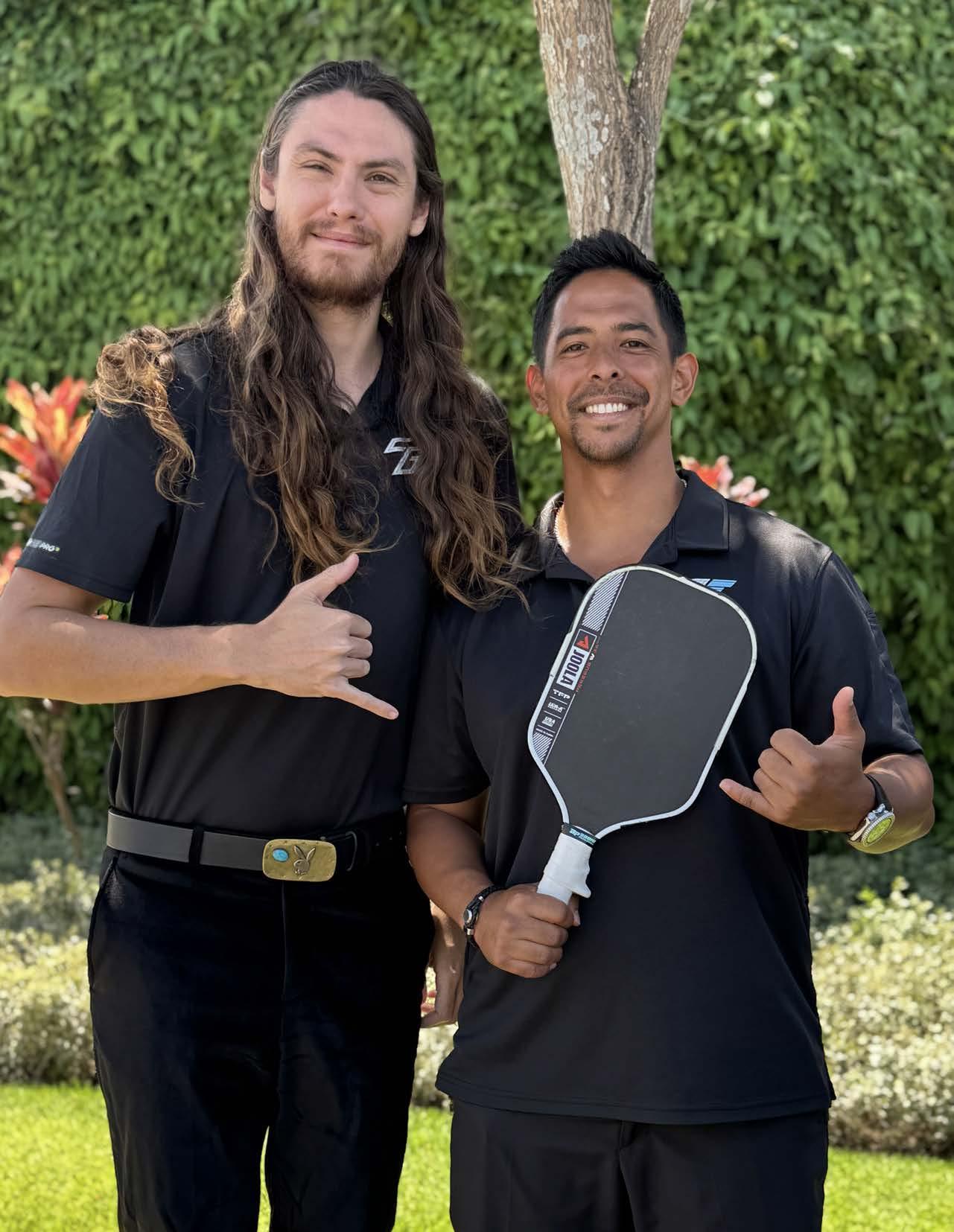
TriggerGrip came up. When that happened, Arion mentioned he’d be willing to help write the provisional patent. I then asked if he’d like to become partners in pursuing this project together.
For someone who’s never seen TriggerGrip Pro, how would you describe what it is and how it works?
TriggerGrip Pro gives your index finger a built-in ridge to anchor into, delivering next-level leverage, stability, and control on every shot. Reduces unnecessary strain on your wrist and elbow by improving your hand position and promoting proper mechanics, the TriggerGrip Pro slips seamlessly under your existing overgrip for easy installation.
In what ways can this grip help both beginners and high-level players?
For beginners, the triggergrip helps with learning proper grip mechanics, paddle orientation, and comfort when learning the fundamentals of pickleball.
For high-level players, the additional leverage it provides increases the users overall power on drives, volleys, and flicks/rolls, stability during resets to absorb powerful shots and off-center hits decreasing paddle twist in the user’s hand, and accuracy by leading with the index finger to direct and place shots where needed.
What kind of feedback have you gotten from players at different skill levels?
So, when we created this product, it was to give us additional leverage to execute shots with increased power, accuracy, and stability. However, after giving out grips to pickleball influencers, reviewers, coaches, and professionals, the benefits listed previously are directly from the players from different skills level providing their testimony.
Whether you're a Pro, Competitive Player, Weekend Warrior, or brand new to the game, the TriggerGrip Pro provides a performance boost for everyone.
More Leverage = More Power, More Control, and Less fatigue. That’s TriggerGrip Pro.
How has Hawaii shaped your approach as founders and creators?
Great question, to be honest up until the last two weeks we haven’t been receiving the type of support we would have anticipated being a Hawaii owned business, especially with a revolutionary product for pickleball.
As most of our support is from coming from the mainland players, this has led us to directing our energy into to developing business relationships, partnerships, and player sponsorships in the mainland to further grow their communities.
What would you want the Hawaii pickleball community to know about your brand?
We want the Hawaii pickleball community to know that this brand was born here with the same spirit of innovation, resilience, and aloha that defines our islands. While much of our early support has come from the mainland, our roots are firmly planted in Hawaii, and we’re proud to represent the state in the larger pickleball world.
Our goal has always been to elevate the sport through innovation, and we hope to eventually bring that same energy, growth, and community-building back home. We’re here for the long game, and we’d love nothing more than to see Hawaii’s pickleball scene thrive with us as a part of it.
can
find TriggerGrip Pro?
It can be found on our website or if you see either Arion or I in person. We will have them on hand wherever we go to practice or play! Hope to welcome everyone to the TGP Family!
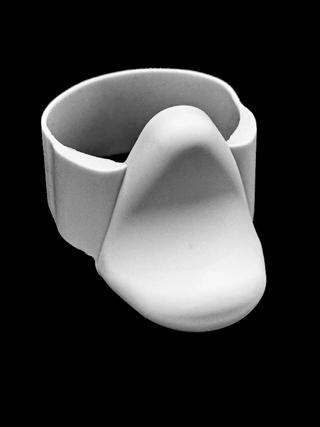
(PRE-ORDER SHIPS MID JULY)
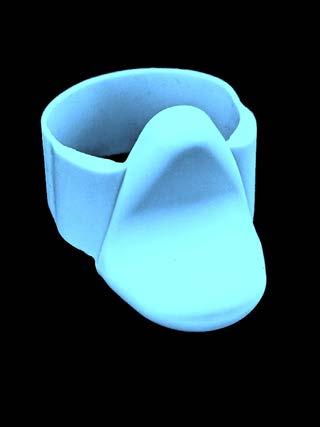

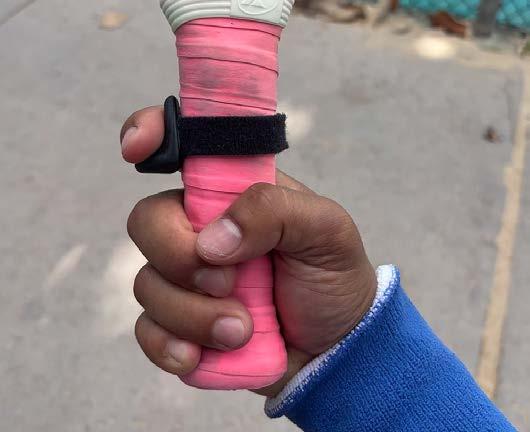
(reprinted from the TriggerGrip Pro website)
TriggerGripPro was engineered in Hawaii by two aspiring pro pickleball players who wanted more out of their grip. The idea sparked during a routine drill session when I, Ethan, noticed my training and business partner, Arion, holding his paddle in a TriggerGrip position. At the time, I was in a hammer grip position. He mentioned that the TriggerGrip form is considered “proper grip mechanics,” so I decided to give it a shot.
Right away, I could feel my index finger synching into the overgrip, but it didn’t feel like I had the leverage I needed. That’s when the idea for TriggerGripPro was born. I started thinking of ways to create a ridge for my index finger to lock into. The first prototype was a folded-up hairband secured with electrical tape. That quickly evolved into a molded clay version, pressing my finger into a lump of clay to form the original shape of what would become the TriggerGripPro.
From there, we created an AutoCAD design and 3D printed a resin version. We strapped it to the paddle with a Velcro setup, but after about a month of testing, we realized the resin was too hard. We needed something with more give, something that could blend leverage and comfort. So we pivoted to silicone, added a silicone ring to make it a single, unified piece, and ended up with a grip insert that had just the right balance of firmness and flexibility.
That’s how TriggerGripPro came to life through trial, testing, and a lot of passion for the game.
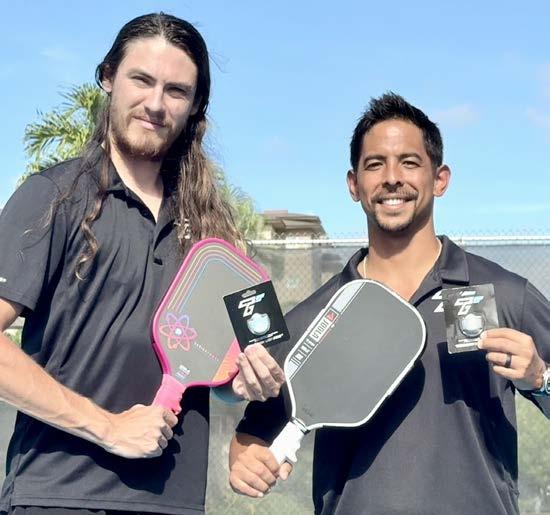
Ethan Murao, co-founder of TriggerGrip Pro, was born and raised on Oahu and is a proud graduate of Saint Louis High School. A former racquetball player turned aspiring pickleball pro, Ethan developed the first version of the grip to improve his own performance—and discovered it could help players at every level.
Arion Northrop, also an Oahu native and Saint Louis alum, picked up pickleball in 2021 and quickly dove into the competitive side of the sport. Teaming up with Ethan, Arion helped design what has become a sleek, functional grip that’s now elevating games beyond their own.
Website: TriggerGripPro.com
Instagram: @triggergrippro
Facebook: Triggergrippro
Phone: 808-230-5545
Real, relatable, and practical paddle + gear reviews for everyday players — through the eyes of real players, not just pros.
The Air Bender Pro pickleballs landed in our hands just a week after its release, making our Ambassador Team among the first to test it on Hawaii courts. This USAPA-approved, tournament-grade ball promises precision-engineered flight, robust durability, and consistent bounce for players looking for pro-level performance, and has sold out a few times since its release just a few months ago.
Let’s take a closer look.
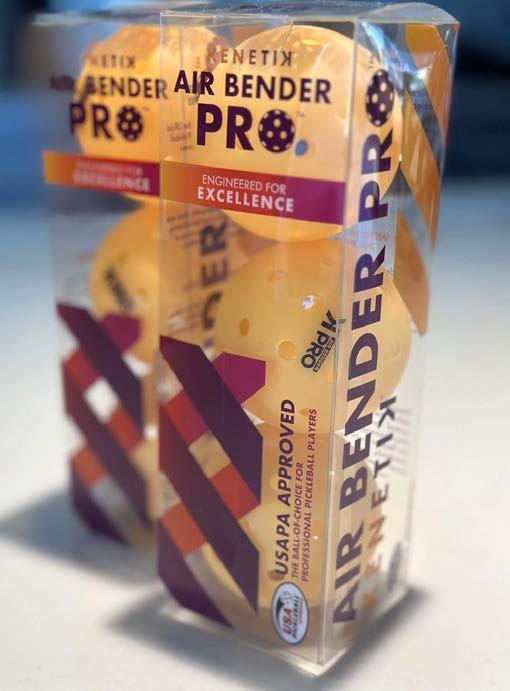

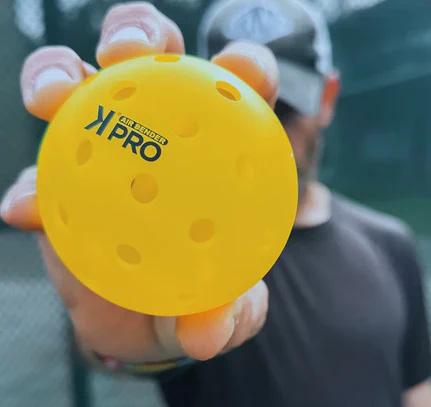
Reviewers praised the ball’s build quality, describing it as “professional” and “solid.” One noted it felt like a tournamentgrade ball right out of the bag, while one player said it felt about the same as the Franklin X-40. And, the bright orange color had mixed results—effective for visibility outdoors, but blending in on gym floors.
“Professional quality look and feel.”
“The color is brighter or richer than other balls… I kinda like that!”
“Some complained about the color being similar to the indoor gym floor.”
This ball really shines in the air. It’s designed for stable flight— and most testers agreed it delivered, with true flight and reliable bounce. Drives carried topspin well, volleys felt crisp, and fast exchanges were met with confidence.
“Good topspin on drives and crisp feel when hitting the ball.”
“It has the right amount of pop and feels light yet stable during fast exchanges.”
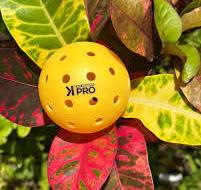
This ball reacts with speed that’s quick but not wild, and control that remains firm. Most rated the speed-and-control balance as ideal, though outdoors it felt just livelier—perfect for players who enjoy a bit more snap.
Compared to other top balls, testers said it felt better than Selkirk, which some found heavier, and roughly on par with the Franklin X-40, though slightly softer in feel.
“It gave me assurance that I could hit controlled shots.”
Built to handle long sessions and intense play, the Air Bender Pro showed minimal wear (only minor scuffs and no structural damage), even after hours of drilling and over 30 games…a good sign for players who log serious court time. The only complaint? The printed logo wore off quickly, which some found disappointing. “Played over 30 games and still looked almost new.”
“The logo disappeared after just one game—but the color still helps it stand out.”
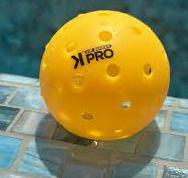
Why players liked it:
★ USAPA-approved quality and construction
★ Delivers true flight and consistent bounce
★ Snappy, with good pop
★ Durable build with minor cosmetic wear only.
Room to tweak:
Logo fades fast
Bold color may not stand out in gym lighting
Slightly livelier feel outdoors— may need adjustment
The Air Bender Pro holds its own as a tournament-quality ball, especially when it comes to flight, feel, and indoor play.
While it may not unseat every player’s favorite, its control, pop, and performance make it a ball worth a serious look, especially for players who compete or play at a higher level.
For more information and where to buy:
Web: https://getairbenderpro.com/ Instagram: https://www.instagram.com/airbenderpro
Facebook: https://www.facebook.com/airbenderpro Amazon*: https://amzn.to/43PdaWo
*Heads up: If you buy through this Amazon link, we may earn a small commission—at no extra cost to you. It helps us keep the reviews coming. Mahalo for the support!
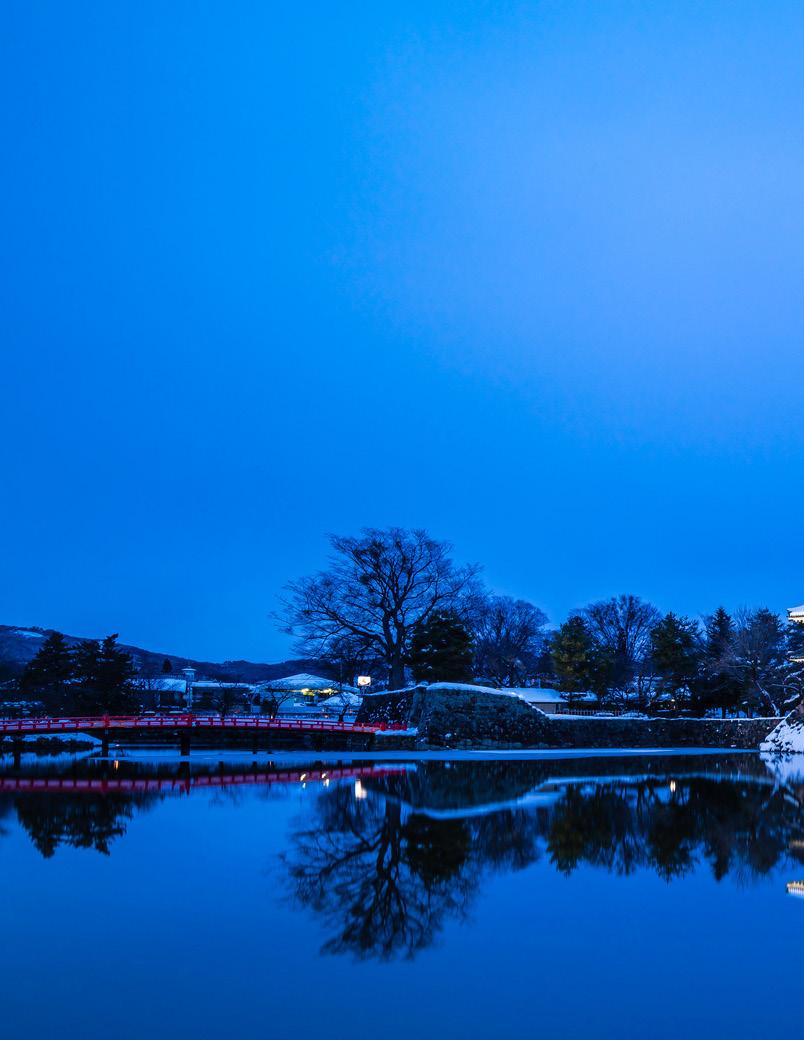
Japan may be half a world away from New Mexico, but it offers a one-of-a-kind travel experience that blends nature, culture, and yes—pickleball. In this special feature, Daniel Moore—a professional pickleball coach and pioneer of the sport in Japan—invites us into the heart of Nagano, a mountainous region known for its hot springs, traditional villages, and snow monkeys. Whether you’re dreaming of your first trip to Japan or adding to your return list, this is the kind of active escape worth considering.
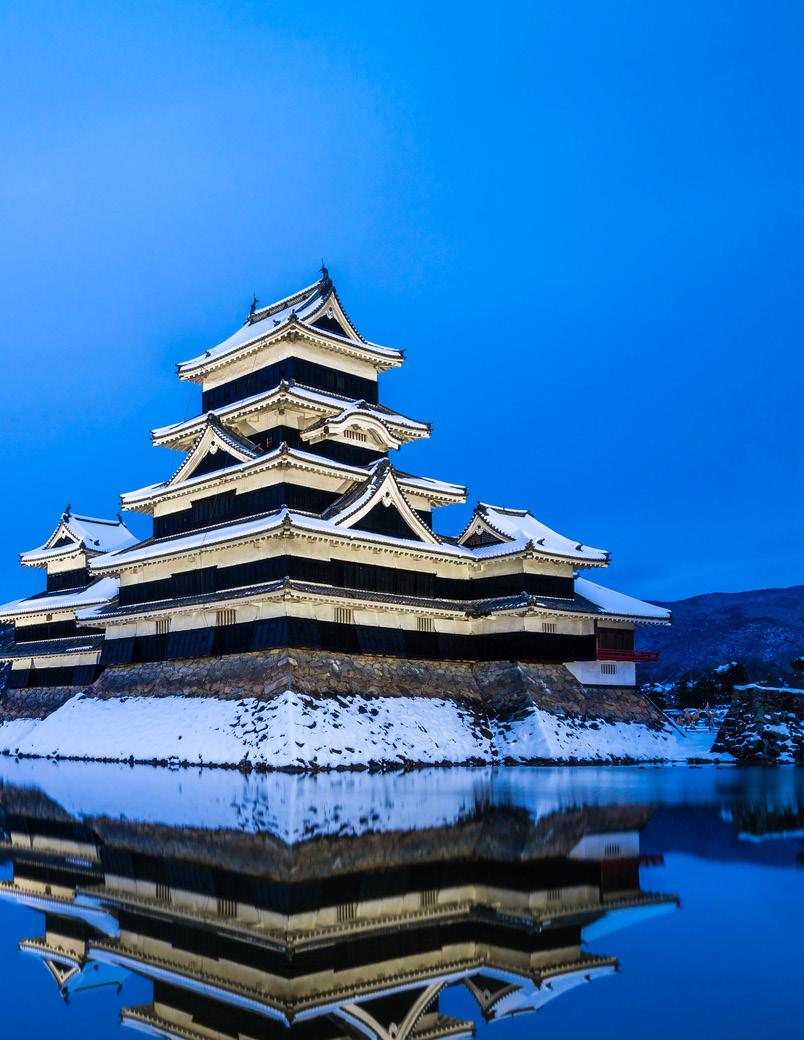
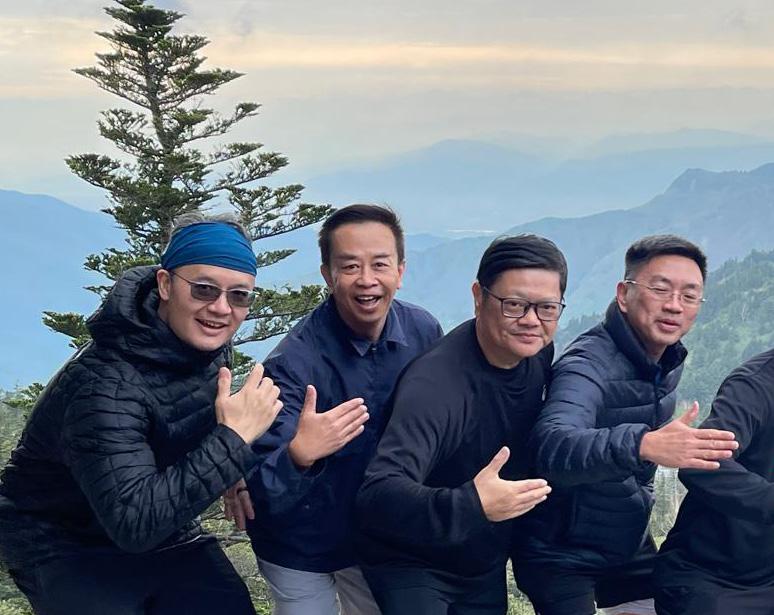
By Daniel Moore

Imagine sitting outdoors in a natural hot spring, surrounded by layers of misty, mountainous Japanese scenery straight out of a woodblock print. The charming village lies beneath, the glistening city far in the distance. Puffy white clouds roll past at eye level, blue sky peeks through above, and vibrant, spring green emerges all around.
Close your eyes and enjoy the moment. You’re doing as the Romans do. This is immersion by submersion. After playing pickleball and bathing, the only other concern left is what Japanese feast awaits next. Yes, this is a pickleball camp, not a luxury retreat. We do camps a little differently, though. Of course, you will improve. But it’s a sin to travel across the world and see only the inside of a pickleball court. I’ve made that mistake too many times at tournaments and camps, focused on the outcome rather than the journey.
I want you to discover and fall in love with the part of Japan I love—the Japan most tourists never visit, the
Japan you might never find or explore on your own.
Nagano is a rural part of the country, but it boasts a rich history, a wide range of outdoor activities, a vibrant, healthy culinary scene, diverse cultural experiences, and, of course, hundreds of hot springs. Although known for its winter sports and snow monkeys, Nagano is quickly becoming a pickleball destination.
The Onsen Pickleball Camp is not the place for a strictly pickleball experience. This camp uniquely combines high-quality instruction with exciting cultural activities. I want people to walk away gaining more than just a pickleball experience.
Instead, we do it all: a healthy serving of pickleball with a dash of food, outdoors, and culture—blended into a perfectly mixed active vacation.
Here’s what that looked like during our most recent Onsen Camp:
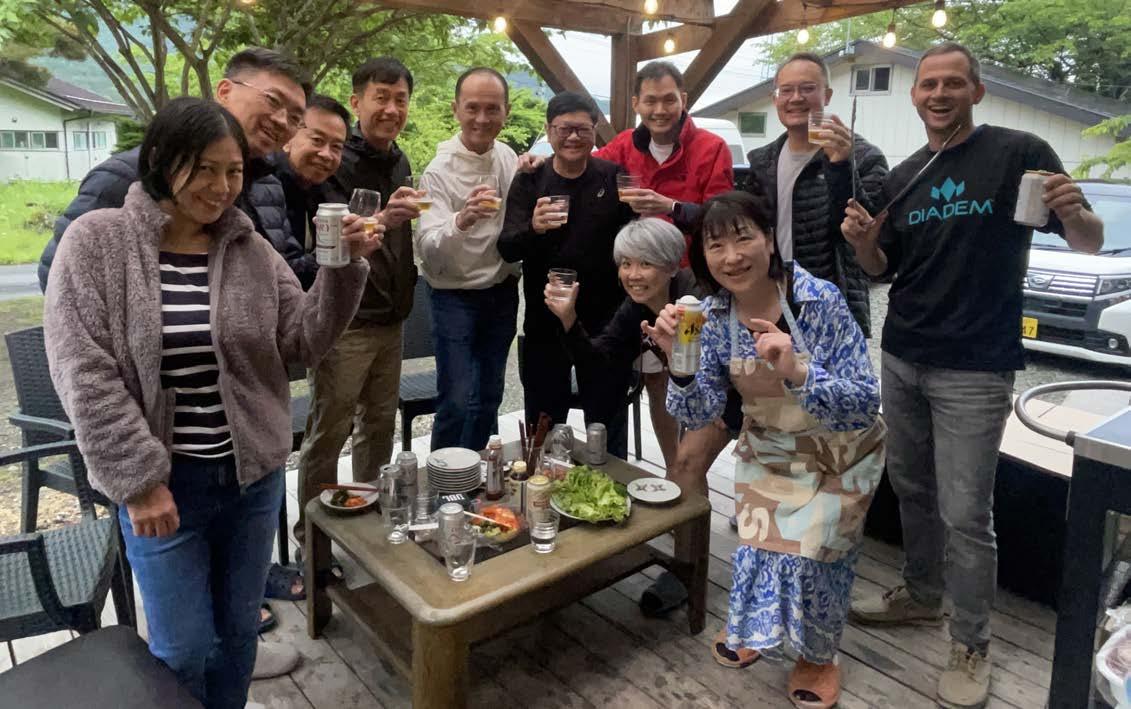
From Tokyo, it’s just a 1.5-hour bullet train ride on the Hokuriku Shinkansen to Nagano Station. We begin our drive from the Nagano Station to Five Peaks Jigokudani, the accommodation for the trip. After a long day of travel, we enjoy BBQ at the accommodation.
After breakfast, we head to the gym to begin the first pickleball clinic. Lessons are tailored to the group’s requests and skill levels. Outdoor pickleball courts are being built in town soon, so camps may soon take place outdoors. In the hottest summer months, Shiga Kogen ski resort also has outdoor tennis courts. At 5,000 feet above sea level, it is much cooler than Japan’s muggy cities—and a better lung workout.
After working up an appetite, it’s time to work a little more for lunch. In Nagano prefecture’s mountainous areas, soba (buckwheat) thrived where rice could not. The food initially consumed out of necessity became a delicacy; today, Nagano is renowned for its delicious soba.
We learn about the process from a mother-daughter team that has been making noodles for 50 years. The soba here is unique, though, utilizing a foraged vegetable found nowhere else.
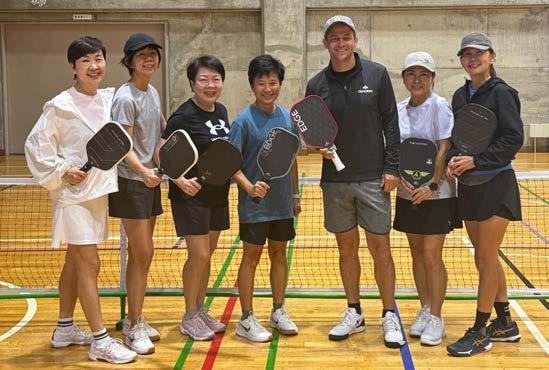
After making the noodles and enjoying the homegrown course in the traditional farmhouse setting, it’s time to relax. We head to the bath, washing our sore muscles, aches, and worries away. Japanese hot springs are gender-separated, but do not permit bathing suits or clothing. Entering the changing room, there are lockers where bathers leave their clothes. Take just a small towel into the bath. Shower off first (shampoo and soap are provided) before going into the tub. Though intimidating at first, the Japanese onsens are a quintessential part of Japanese culture. When everyone around you is naked, it’s not a big deal. Dinner is in the village at a local izakaya-style restaurant.
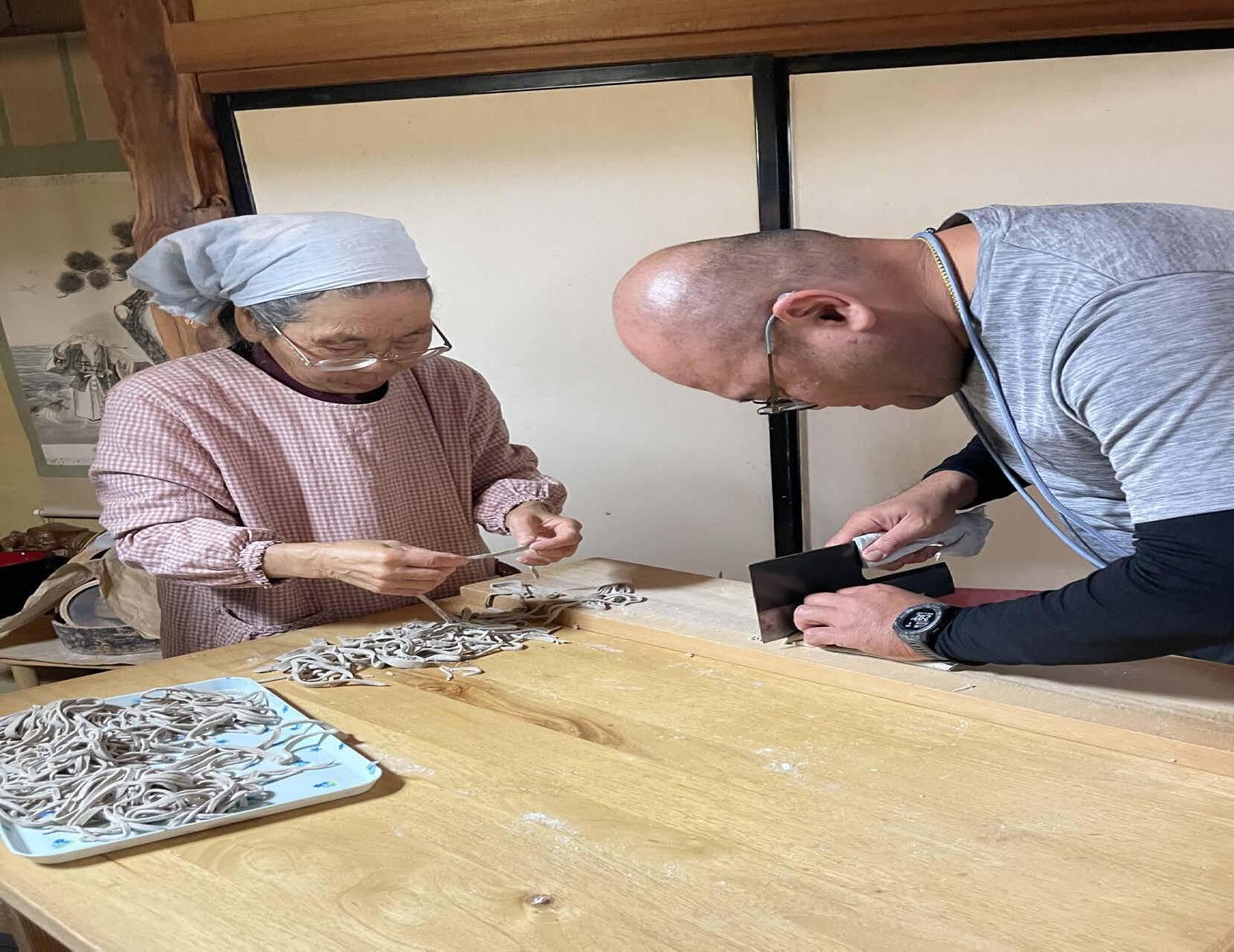
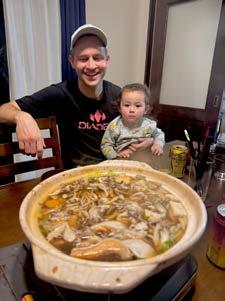
After breakfast and another morning of pickleball, lunch is at a local Japanese diner. Think katsu curry, rice bowls, udon, yakiniku, and teishoku-style set meals. Then it’s time to visit the world-famous snow monkeys. Although pickleball camps take place during the warmer seasons after the snow melts, the monkeys often stay around the park to feed. Reaching the Snow Monkey Park requires a one-mile walk through beautiful cedar forest, which can be muddy after rain, so bring sturdy walking shoes.
Dinner is a seasonal, omakase-style mom-and-pop restaurant sourcing everything from within a few kilometers.
After our final pickleball clinic, we head to a farmer’s market that operates a farm-to-table restaurant, sourcing the ingredients from nearby farmers. There are numerous souvenirs available for those looking to take an omiyage (souvenir) home.
Next up, washi paper making. During the long winter months in Nagano, making Japanese-style washi paper from mulberry trees was an activity that generated revenue for families. We learn about the process, then try our hand at making and designing washi paper postcards.
After the requisite onsen, we walk around the traditional hot spring village of Shibu Onsen, try a footbath or some sake tasting.
Dinner is served at another unique izakaya-style restaurant that offers a mix of Japanese and Western menu items.
The trip goes by quickly, and it’s already departure day. Hopefully, you soaked in the culture, food, pickleball, and hot springs to your heart’s content. We’ll head to Nagano Station, where you can purchase your tickets to your onward destination.
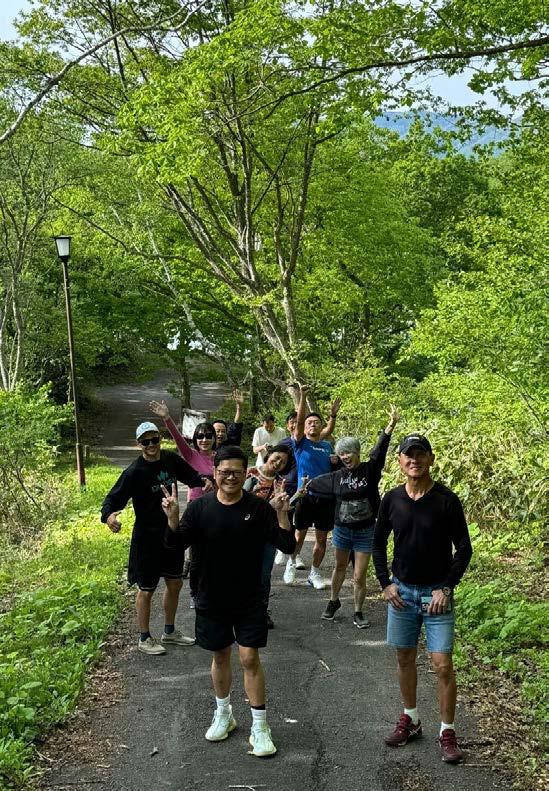
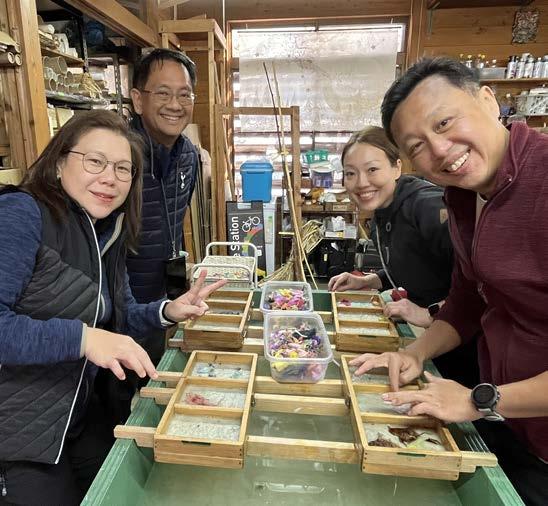
Daniel Moore is the founder of Onsen Pickleball Camp, Pickleball Trips, and Active Travel Japan. A pioneer of pickleball in Japan, Daniel has coached around the world, played professionally, and is passionate about connecting international players with the heart of rural Japan. He currently manages Airbnbs in Nagano, leads cultural tours, and offers private pickleball instruction. Want to Join? Get a group of 7–9 friends together and email info@activetraveljapan.biz to discuss availability and pricing.
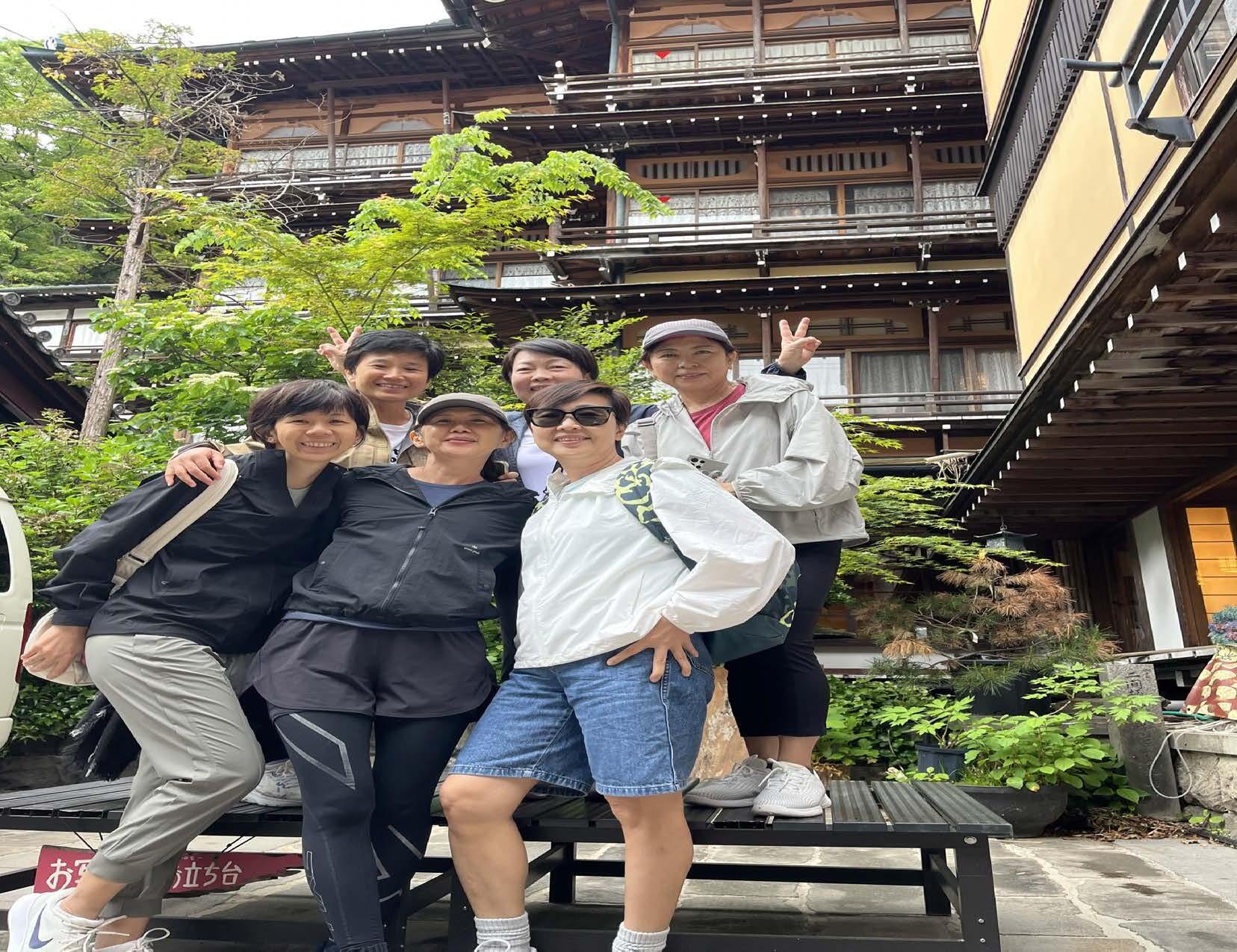
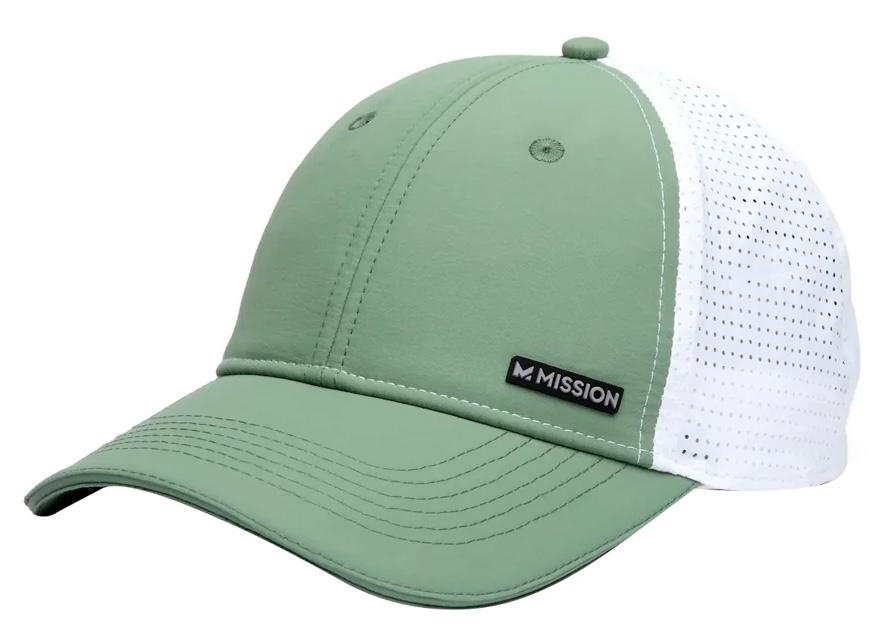
When temps rise and court surfaces sizzle, smart gear makes all the difference. From breathable fabrics to sun-smart accessories, this guide has our top picks to help you keep your cool—on the court and off—all summer long.
*affiliate link
Just a heads-up: this is an Amazon affiliate link, which means I may earn a small commission if you decide to buy (at no extra cost to you). We only share stuff we personally like or think you’ll love too!
Cools instantly with a soak and snap— your secret weapon hat.
$32.99

Shields like a pro—this sun shirt brings the chill.
$75.00
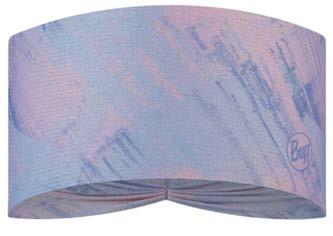
your cool.
$18
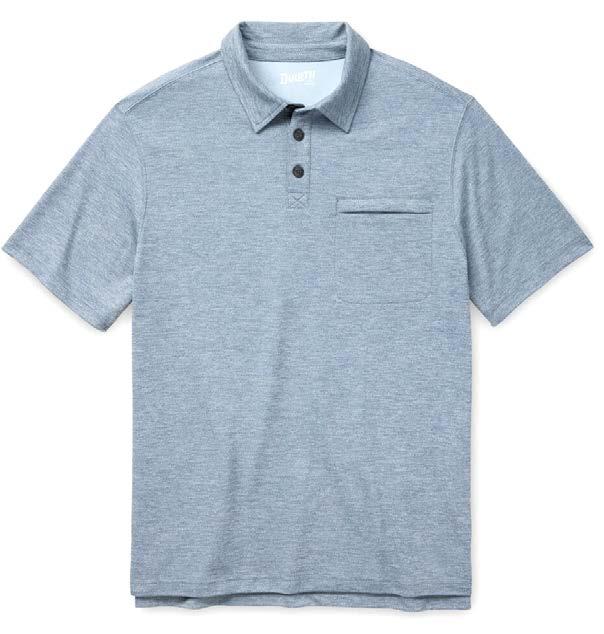
DULUTH TRADING ARMACHILLO COOLING RELAXED FIT POLO SHIRT
Wicks away heat in a lightweight, laid-back polo.
$49.50
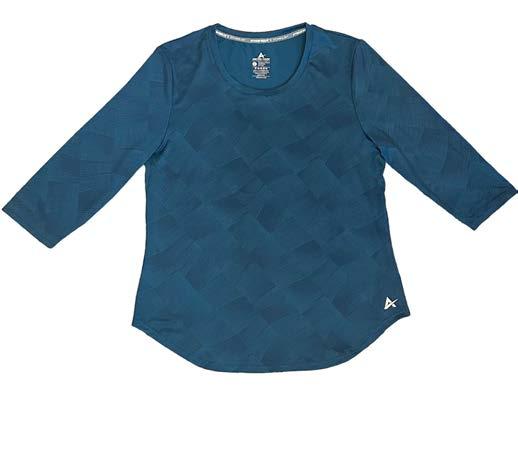
Breathable, stretchy, and made to outpace the sun.
$49.99
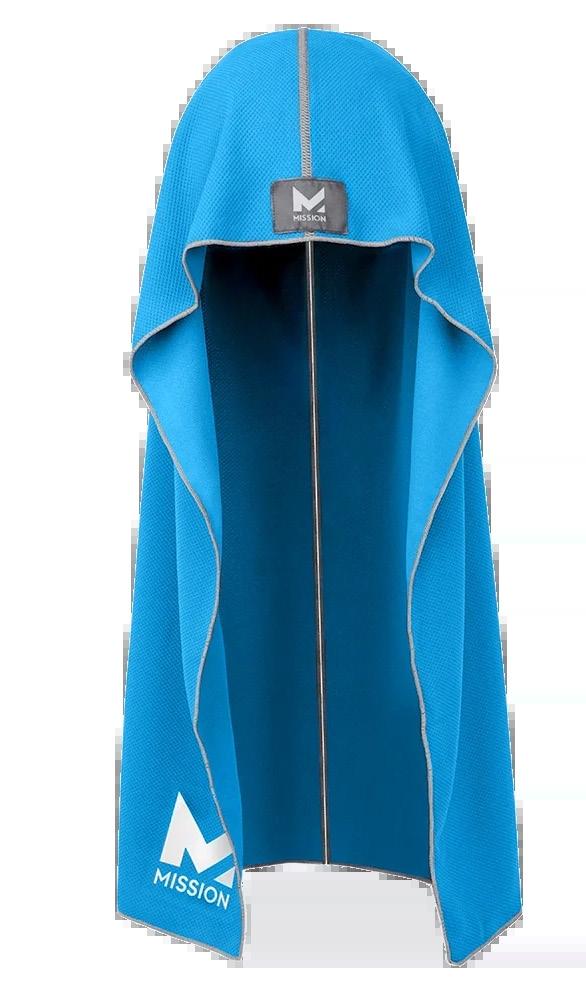
MISSION COOLING HOODIE TOWEL
Wrap, wear, and chill—like a beach towel with superpowers.
$22.99
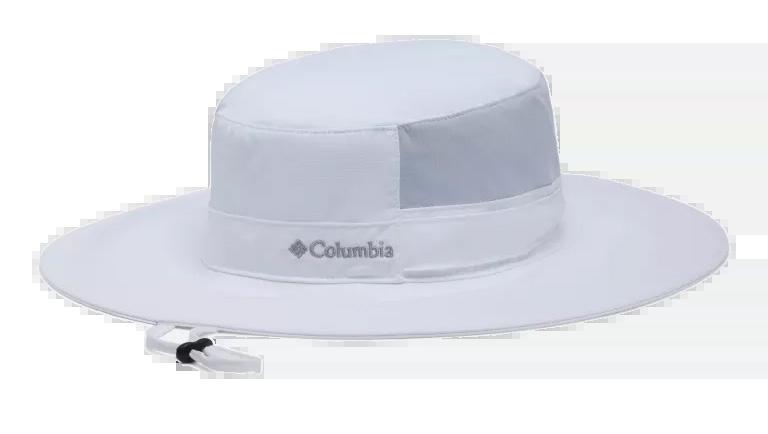
COLUMBIA COOLHEAD™ III ZERO BOONEY HAT
Wide brim, sweat-activated cooling— shade and chill in one.
$33.75
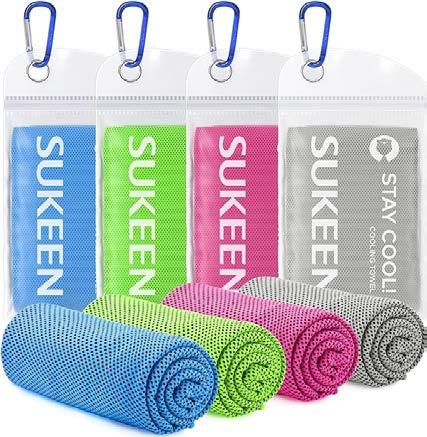
SUKEEN 4 PACK COOLING TOWEL
Cooling towel that recharges with every snap.
$14.99 *affiliate link
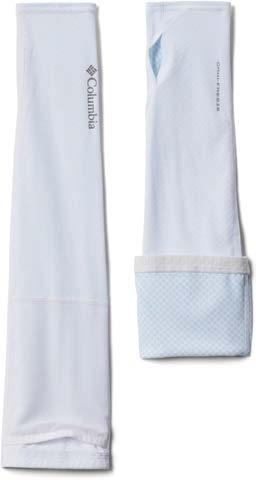
COLUMBIA FREEZER ZERO™ I i ARM SLEEVES
No long-sleeve UV shirt? No problem—these sleeves deliver. $22.50

DULUTH TRADING WOMEN'S ARMACHILLO SUNPERIOR UPF SHIRT
Easy fit, sun-smart fabric, and that soft sea-glass blue. $59.50
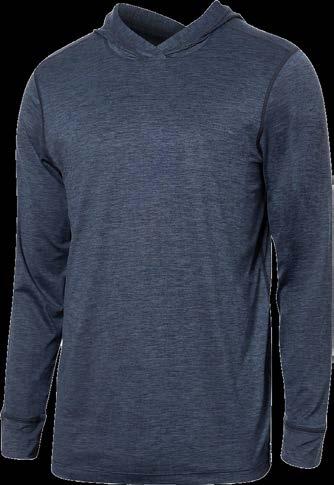
SAXX DROPTEMP ALL DAY COOLING HOODIE
Laid-back hoodie vibes with built-in temp control. $70
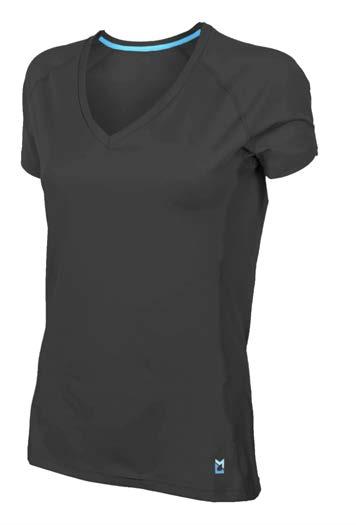
FIELDSHEER WOMEN'S COOLING V-NECK SHIRT
Your UV staple—sleek, V-neck, and made for movement. $18.74
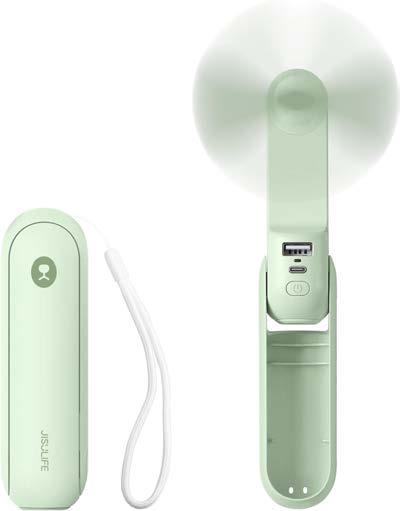
Clip this compact fan onto your paddle bag or chair—your summer MVP.
$19.99 *affiliate link
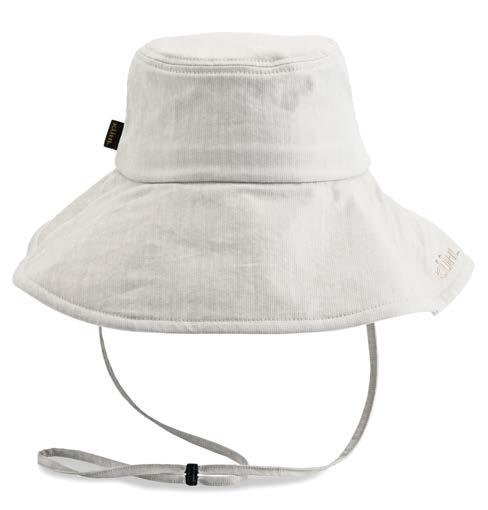
No shade on your game— this hat brings its own.
$75
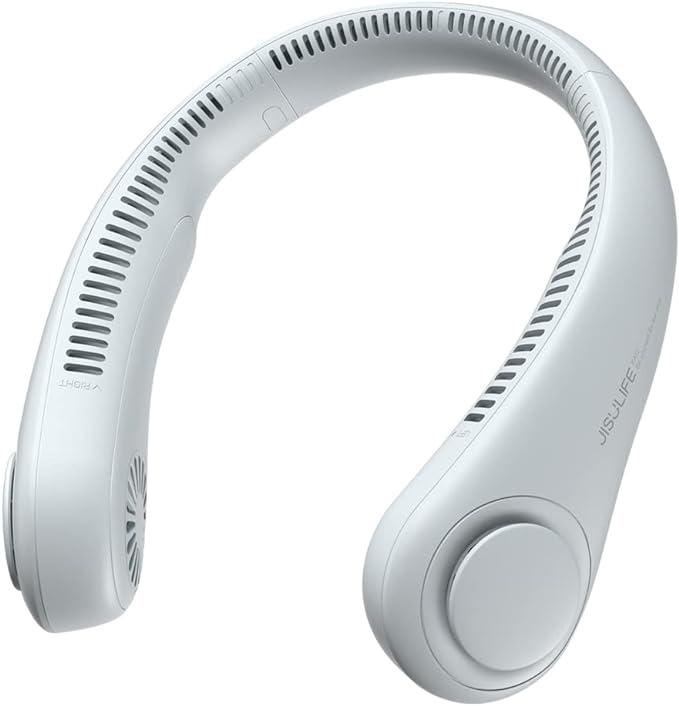
This wearable neck fan is instant relief, no ice needed.
$29.86 *affiliate link
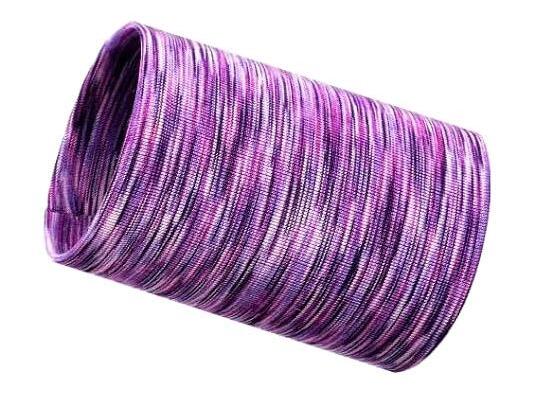

Soaks up the sweat— so your grip stays golden.
$11.99 *affiliate link
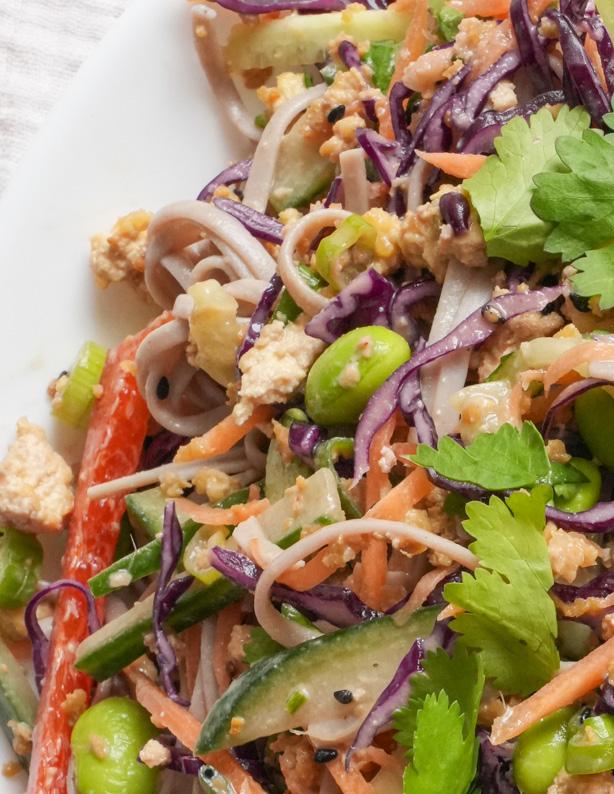
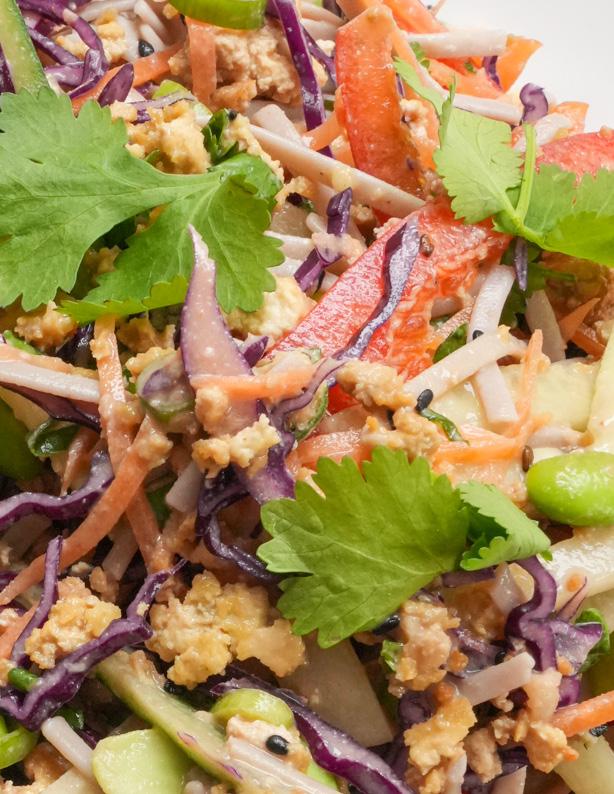
Let’s take a cue from our sister city in Hawaii and whip up this Asian-inspired soba salad that’s light, fresh, and perfect for hot summer days. With buckwheat noodles (soba), crunchy raw veggies, and a creamy peanut butter dressing (no fancy ingredients here—just the good stuff from your pantry), this dish is both easy to make and surprisingly filling.
It’s the kind of cool, nourishing meal that hits the spot after a morning match—and it pairs perfectly with this issue’s Cooling Gear Guide.
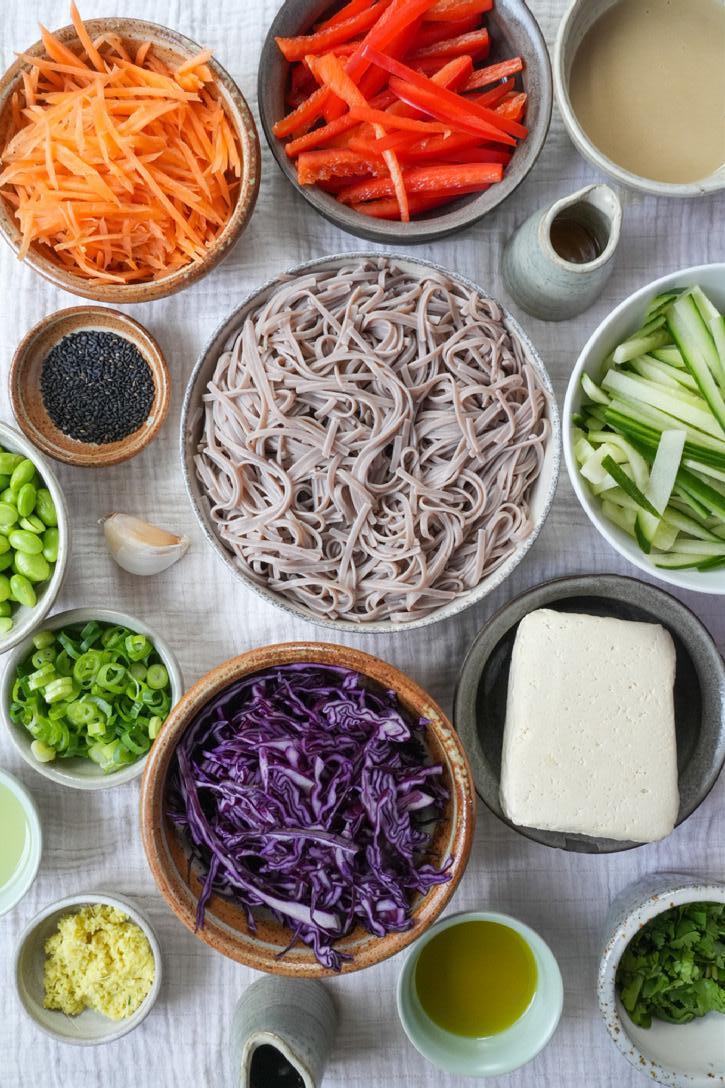
For the tofu:
■ 1 tbsp toasted sesame oil
■ ½ block extra firm tofu, crumbled
■ 1 tbsp light soy sauce
Salad:
■ 2 bundles (approximately 6 oz) of soba noodles
■ ½ cup shelled edamame (thawed if frozen)
■ ½ red bell pepper, thinly sliced
■ 1 cup red cabbage, shredded
■ 1 medium carrot, shredded
■ ½ medium cucumber, thinly sliced
■ 2 green onions, thinly sliced
■ 1 tbsp sesame seeds (optional)
■ Handful fresh cilantro, chopped
Dressing:
■ 3 tbsp peanut butter
■ 2 tbsp lime juice
■ 2 tbsp light soy sauce
■ 1 tsp maple syrup
■ 1 tsp fresh ginger, finely grated
■ 1 small garlic clove, minced
■ 2-4 tbsp water, to thin
1. Cook the noodles. Bring a pot of water to the boil and cook the soba noodles according to package instructions (typically 4–5 minutes). Drain and rinse well under cold water to stop the cooking process and to prevent sticking. Chill.
2. Cook the tofu. Heat the sesame oil in a nonstick pan over medium heat. Add the crumbled tofu and cook for 6-7 minutes, stirring occasionally, until golden brown and lightly crispy. Add a splash of soy sauce, stir, and cook for 1-2 more minutes. Set aside to cool.
3.Make the dressing. In a small bowl, whisk together peanut butter, lime juice, soy sauce, maple syrup, ginger, and garlic. Gradually whisk in the water until the dressing reaches a creamy, pourable consistency. Adjust lime or soy to taste.
4. Assemble the salad. In a large bowl, combine the tofu, chilled soba noodles, edamame, red pepper, cabbage, carrot, cucumber, green onions, sesame seeds, and cilantro. Add the dressing, toss well to coat, and serve.
Store in the refrigerator for up to 3 days.

• Played a sunrise match this week •
• Cheered for your opponent’s point •
• Tried a new court •
• Forgot your water bottle •
• Made a new friend on the courts •
• Read this magazine cover to cover •
• Subscribed to our newsletter (right?) •
• Told a friend to do the same •
Want to get involved? Become an ambassador or contributor— we’re always looking forpeople who love the game and our New Mexico PB community.
Not getting our emails? Check your spam, promotions, or updates folder— and move us to your Primary inbox so you never miss a beat.
© 2025 New Mexico Pickleball Magazine. All rights reserved. We love sharing our community’s stories — please don’t reuse without permission.
